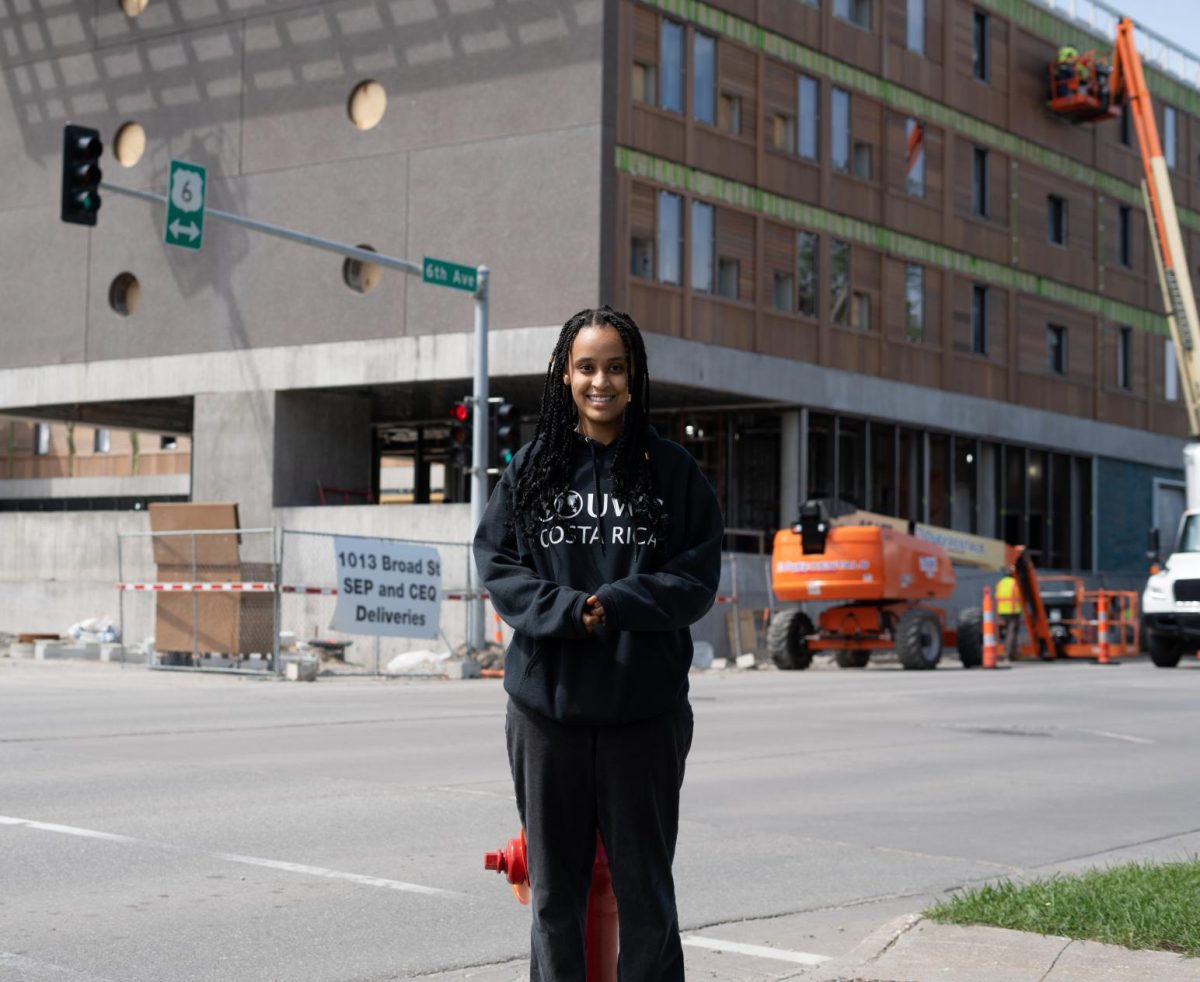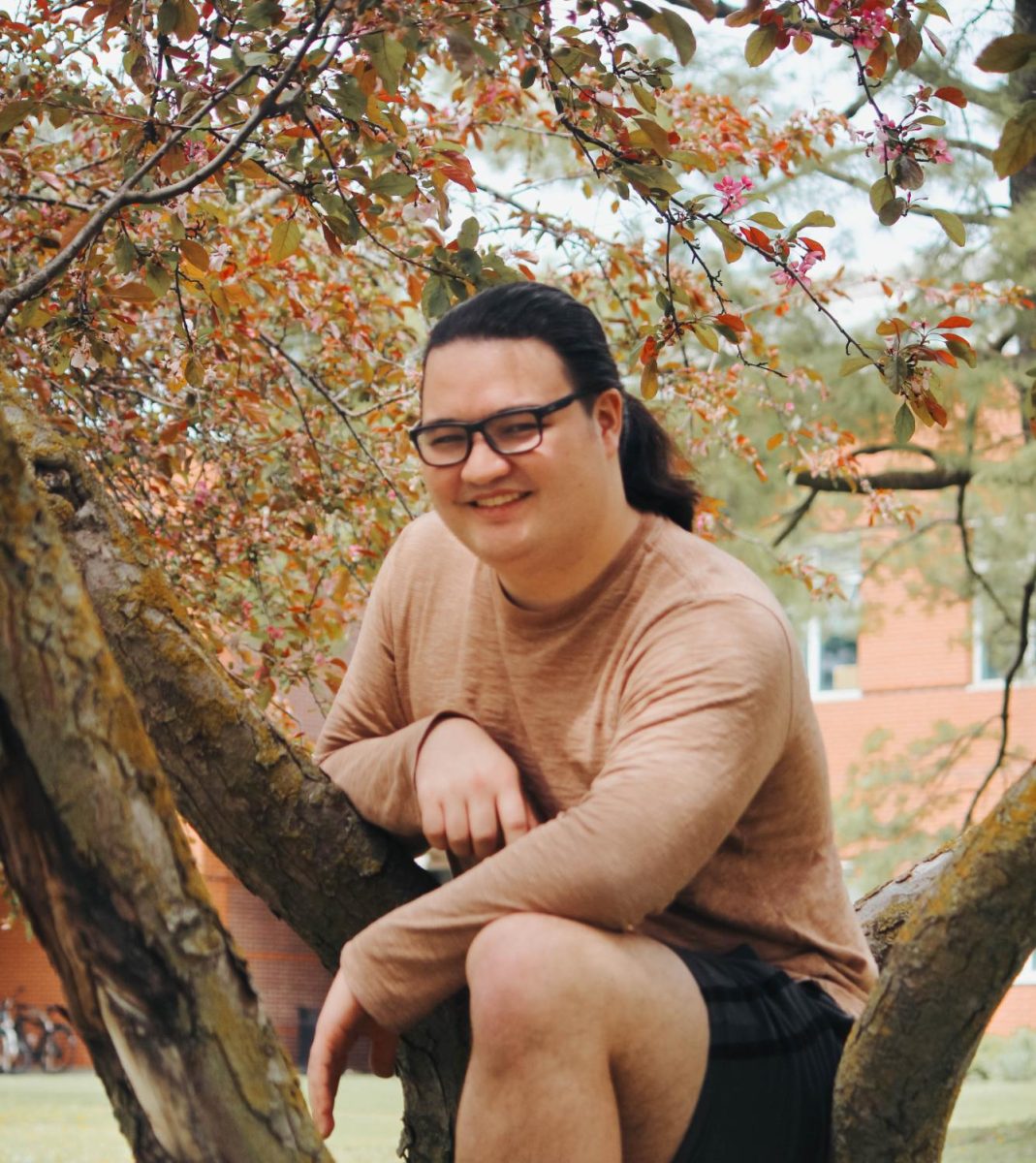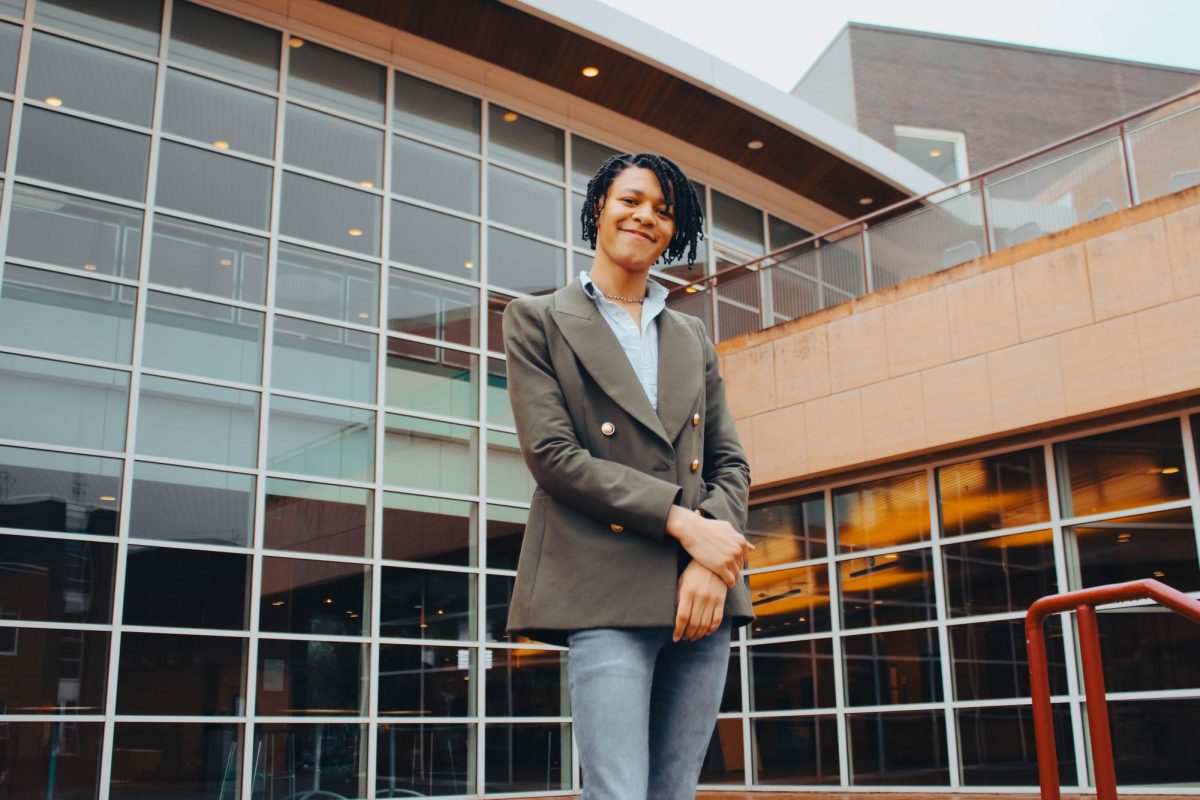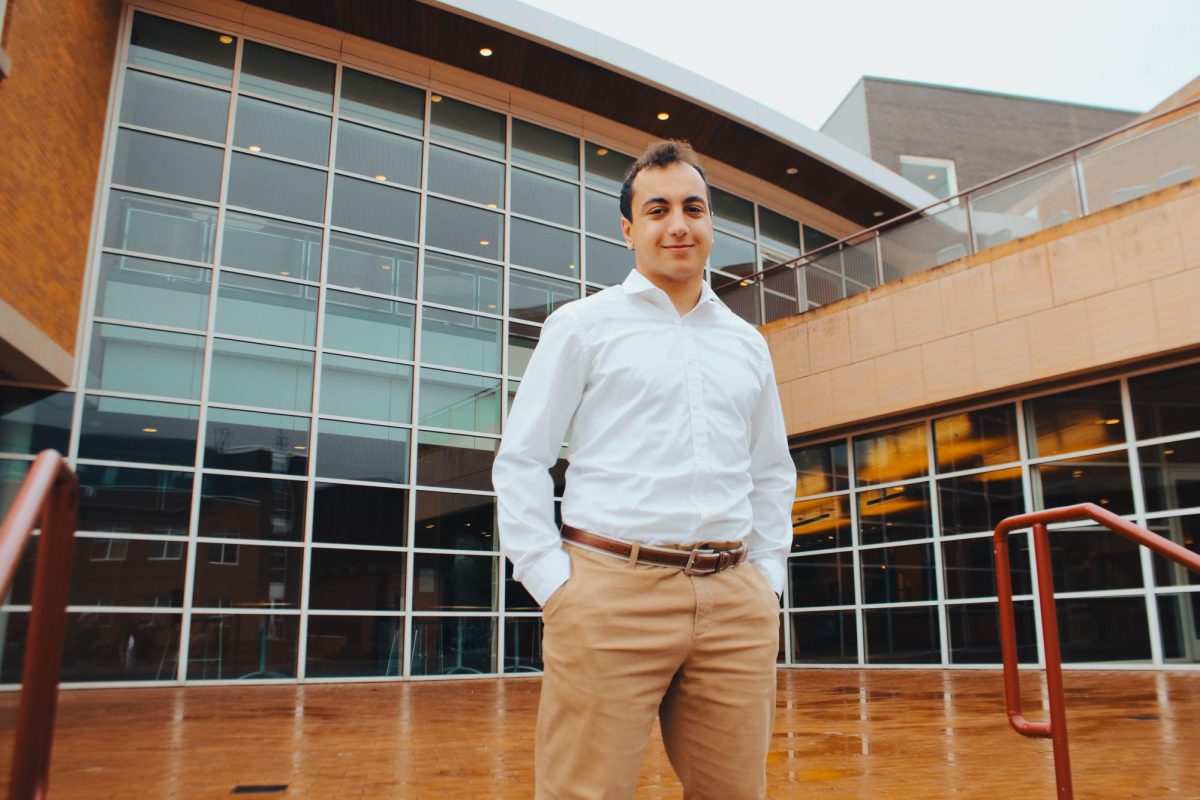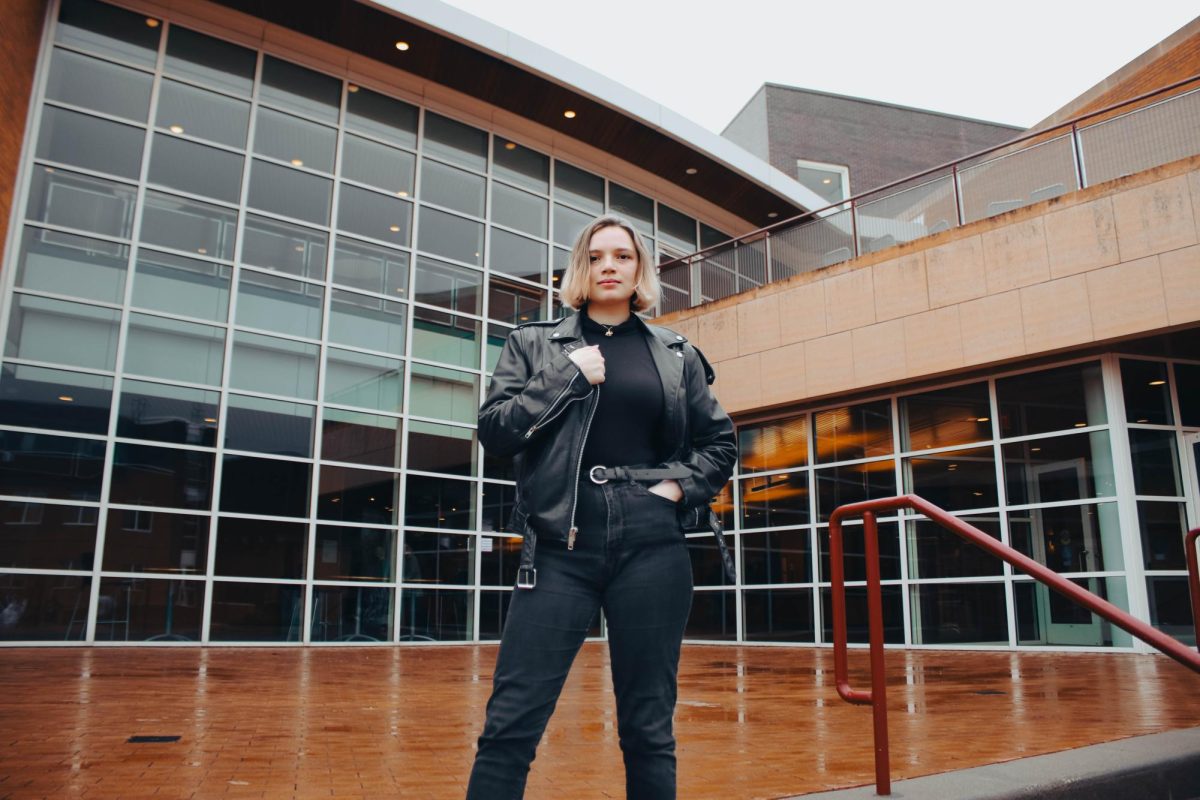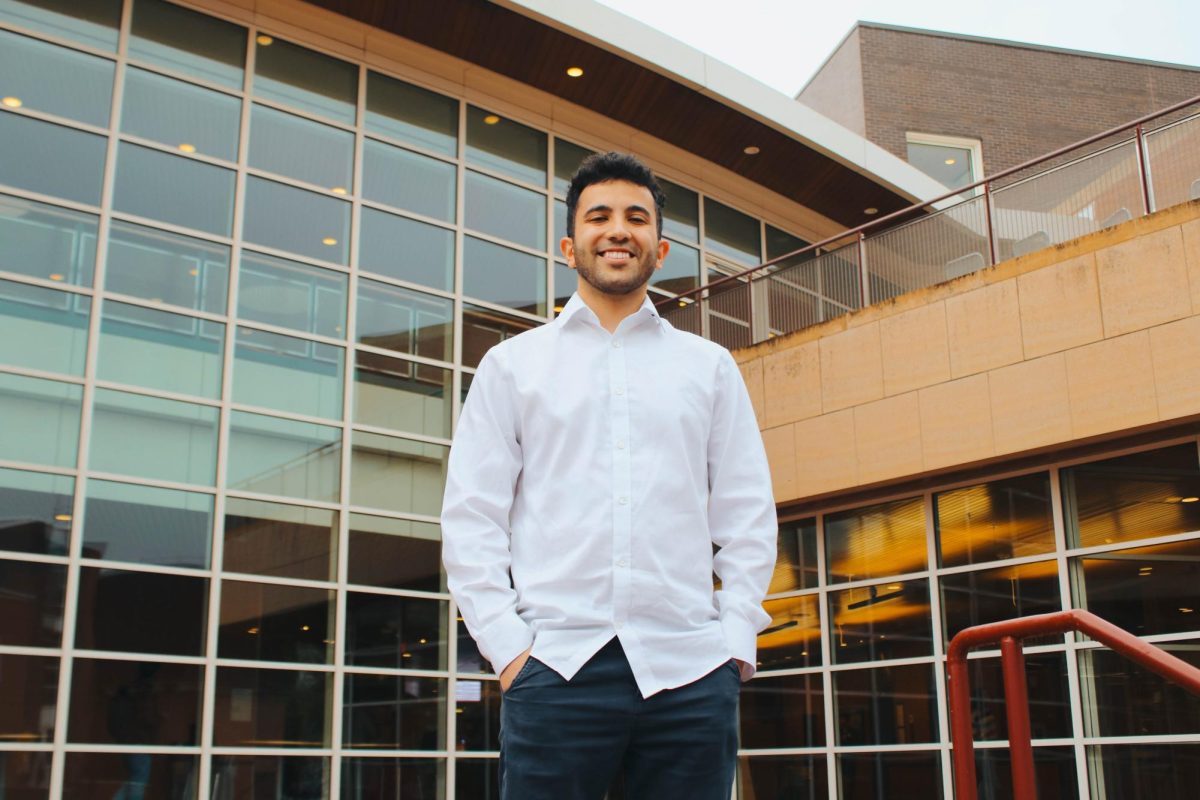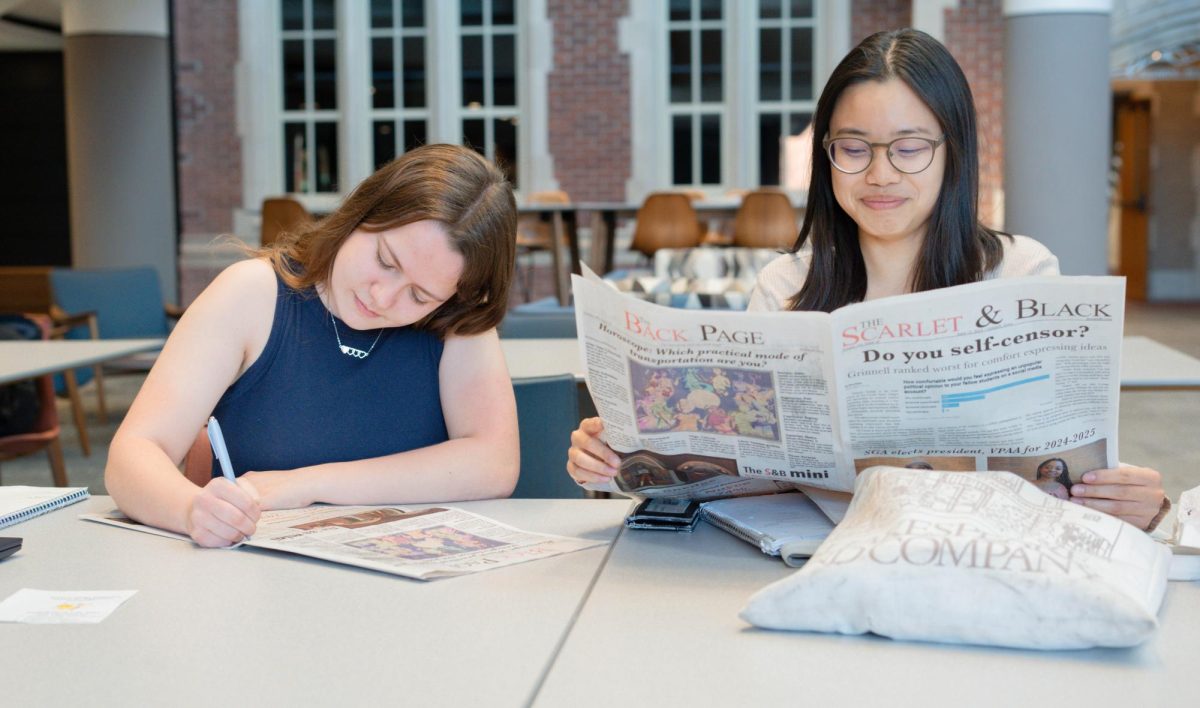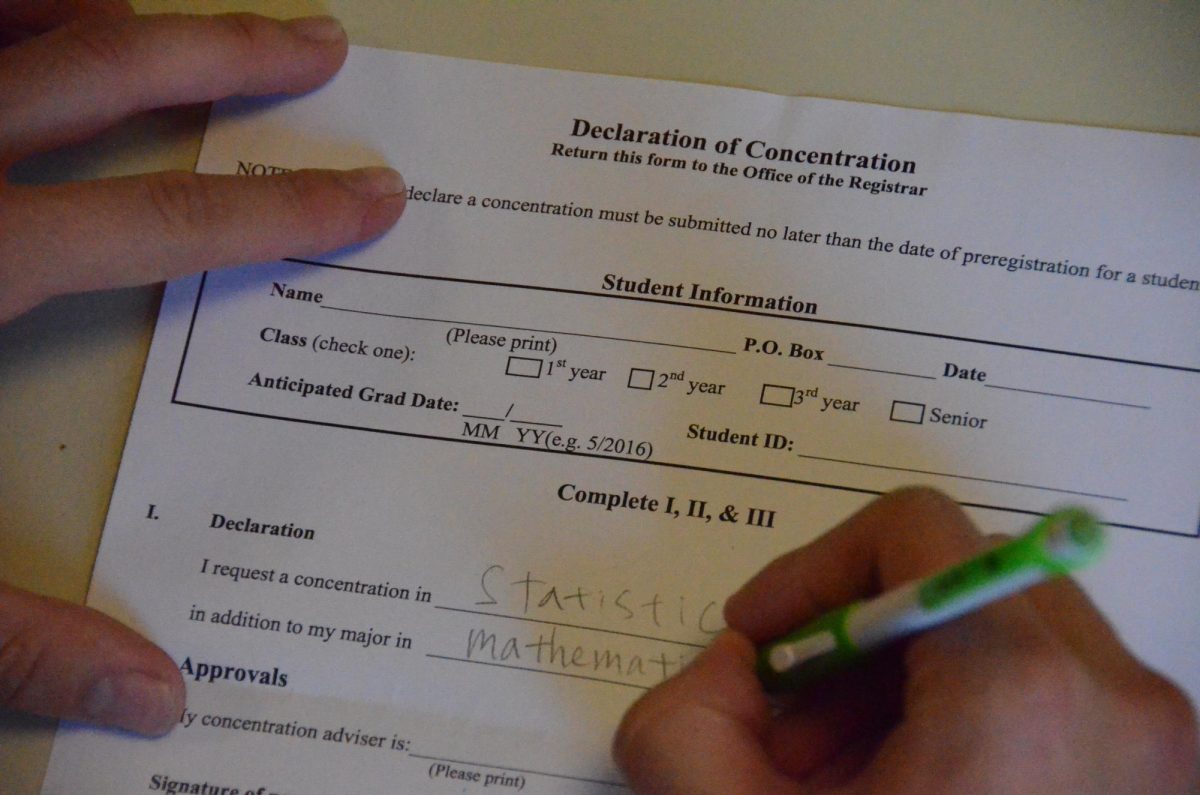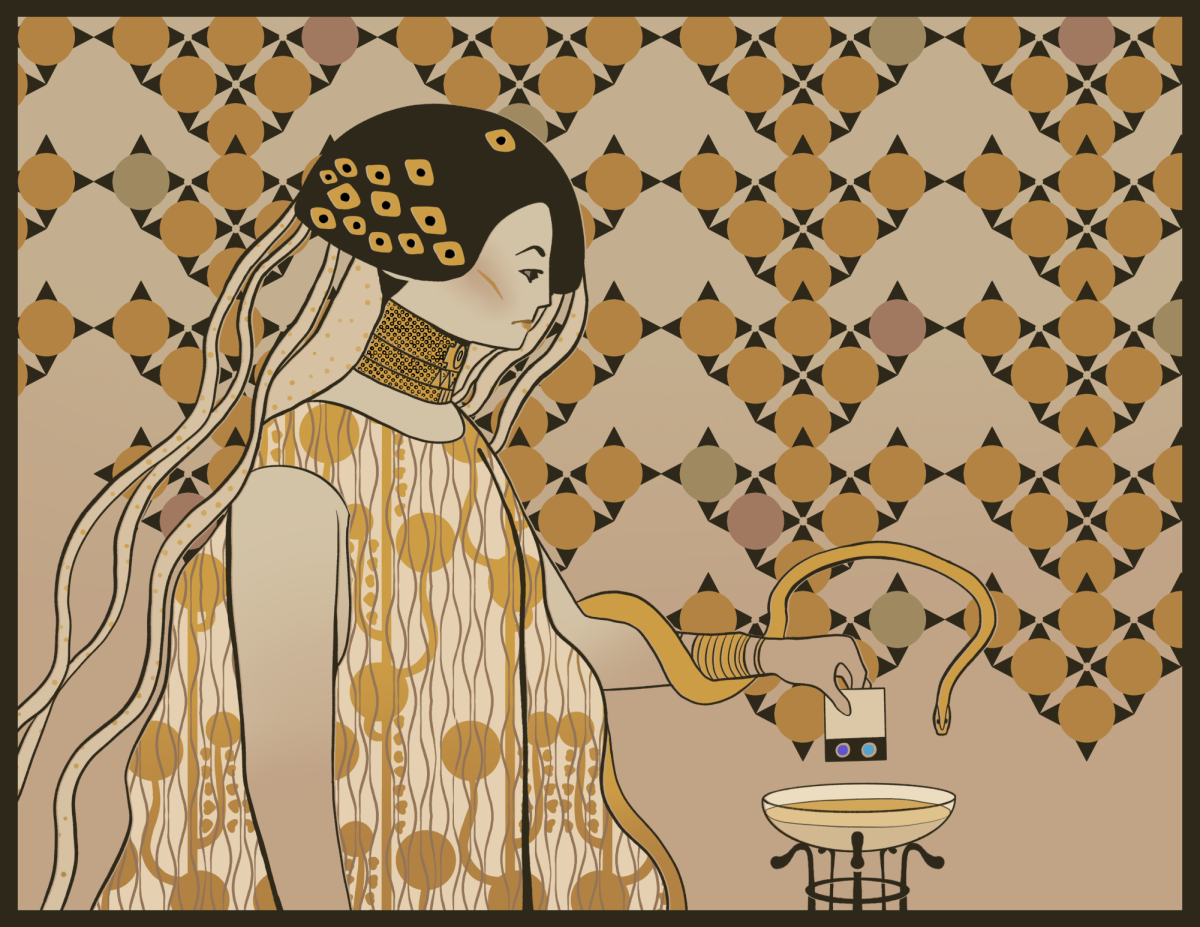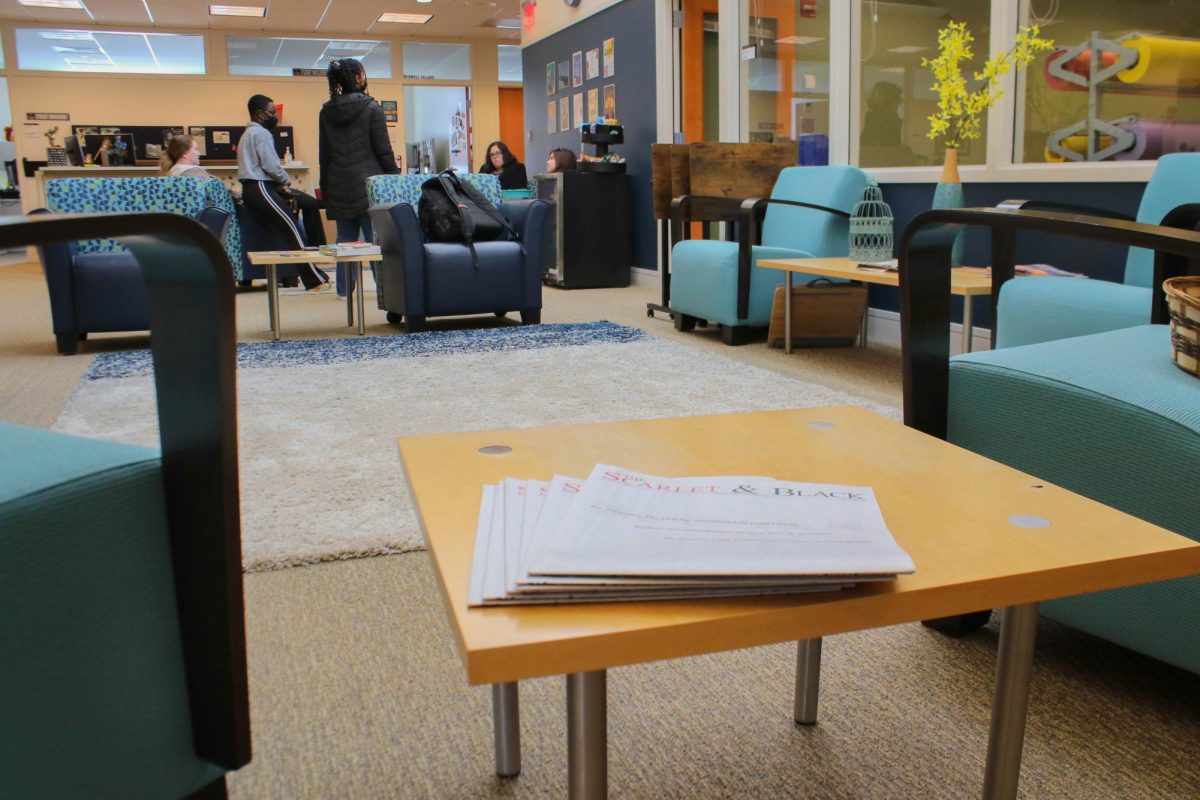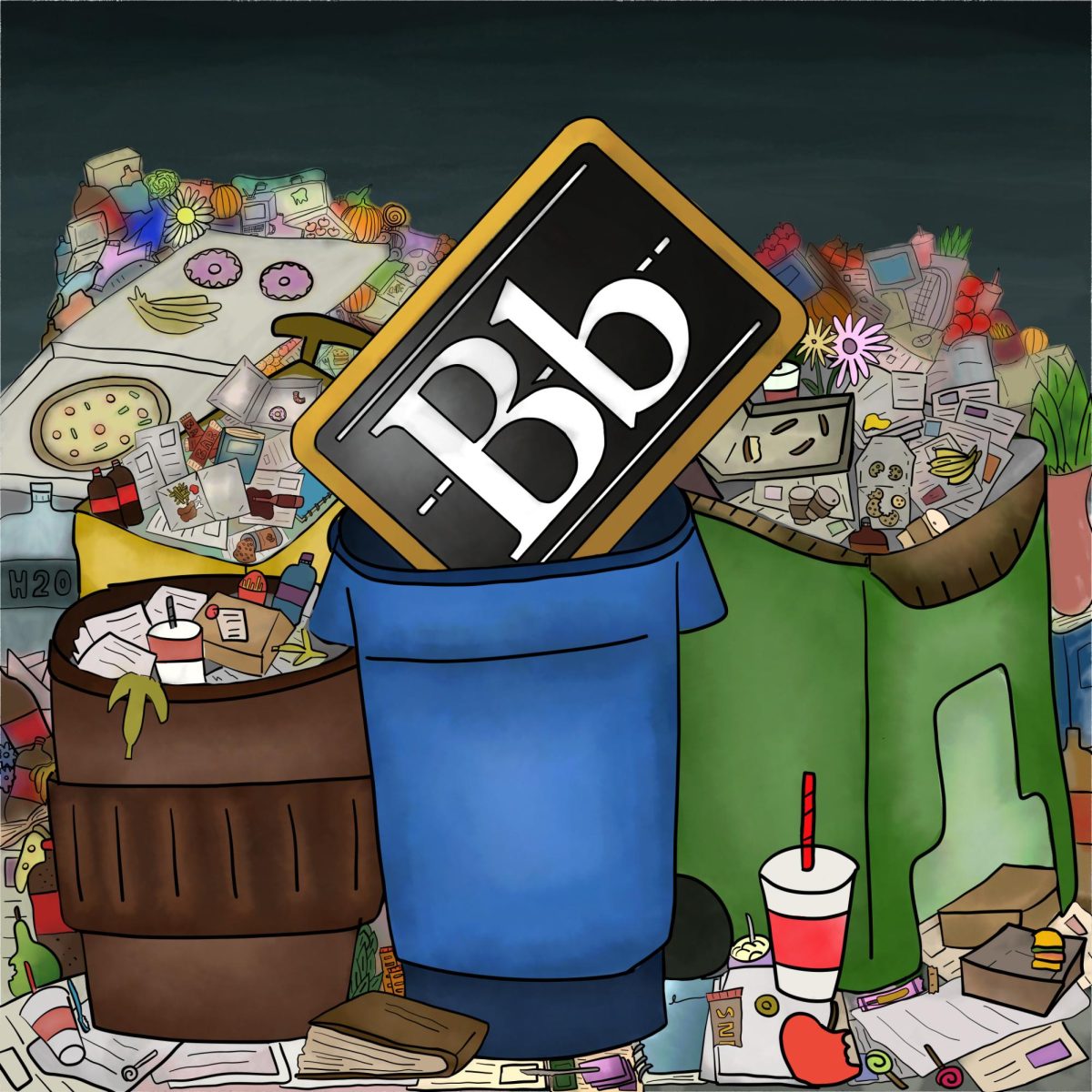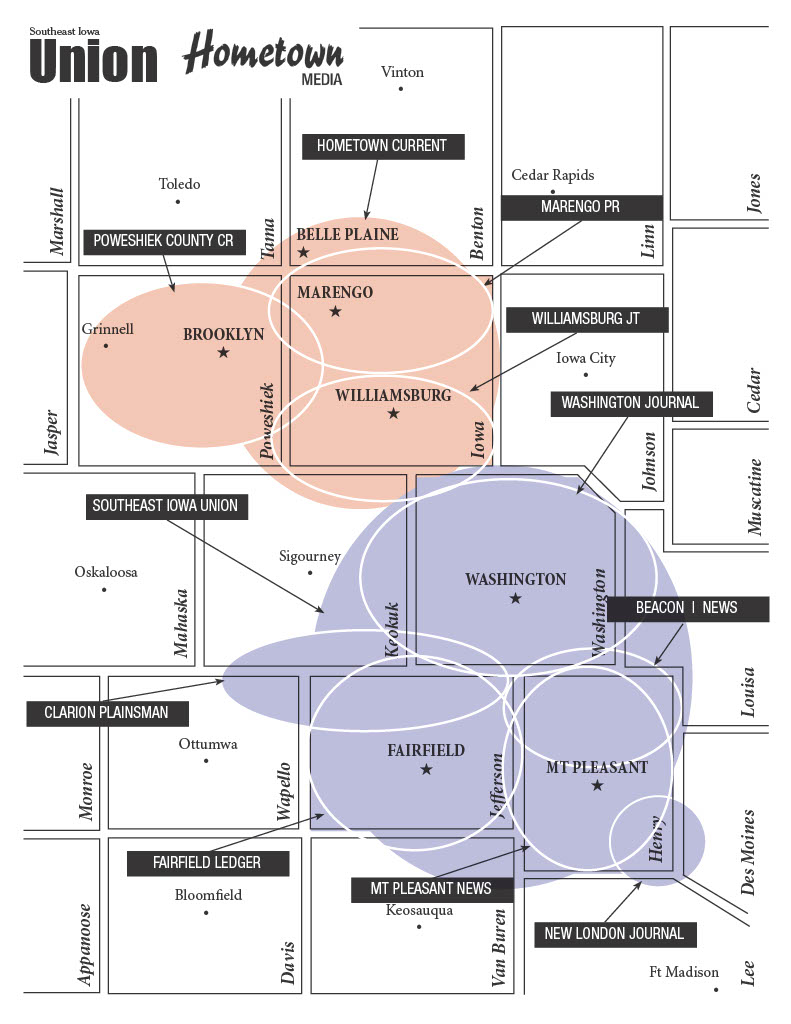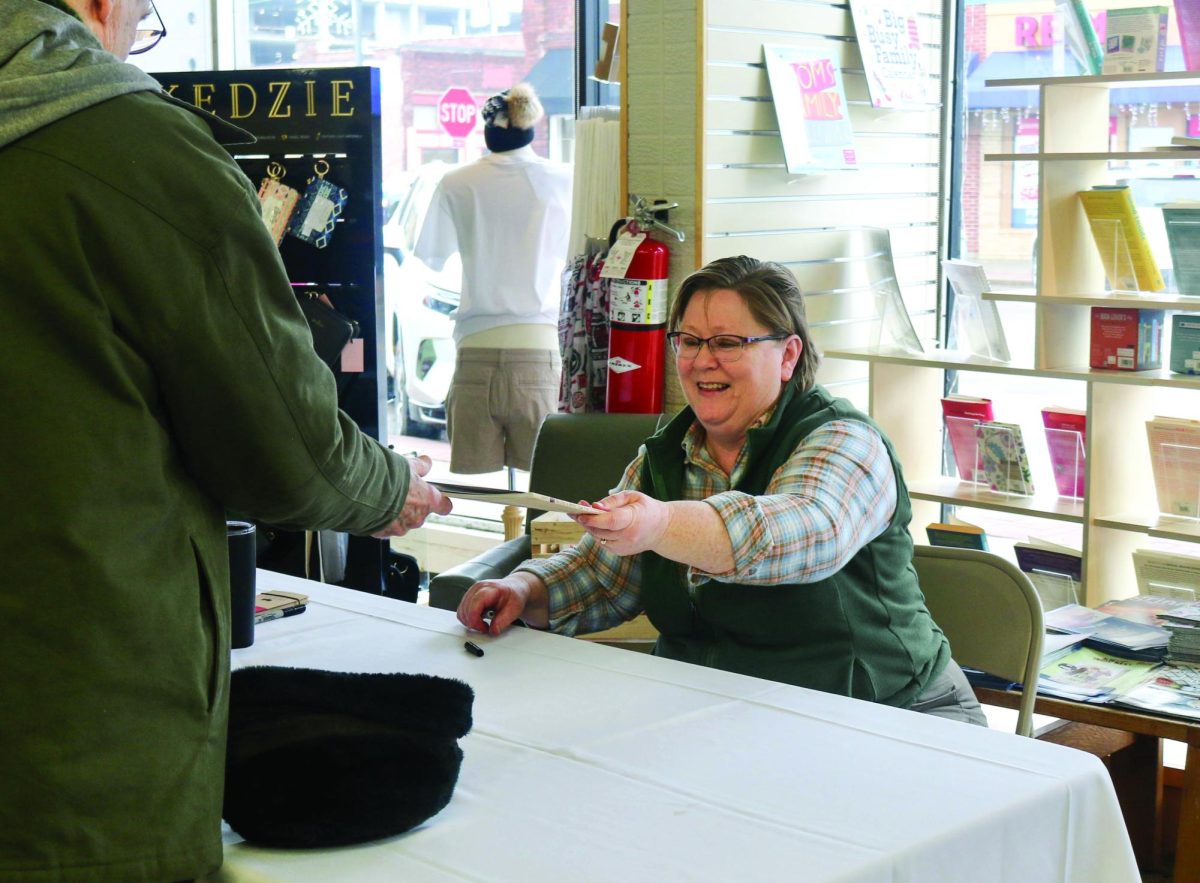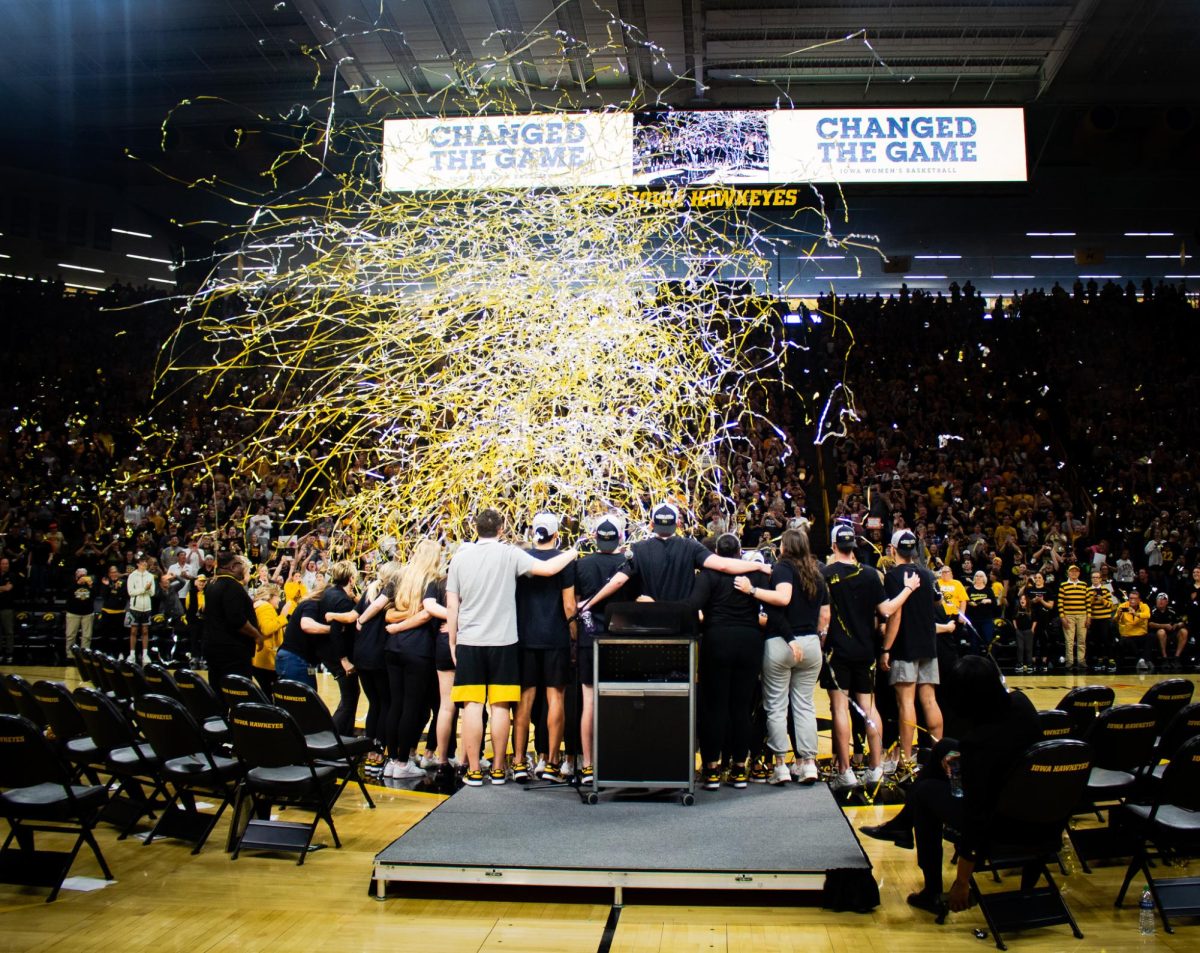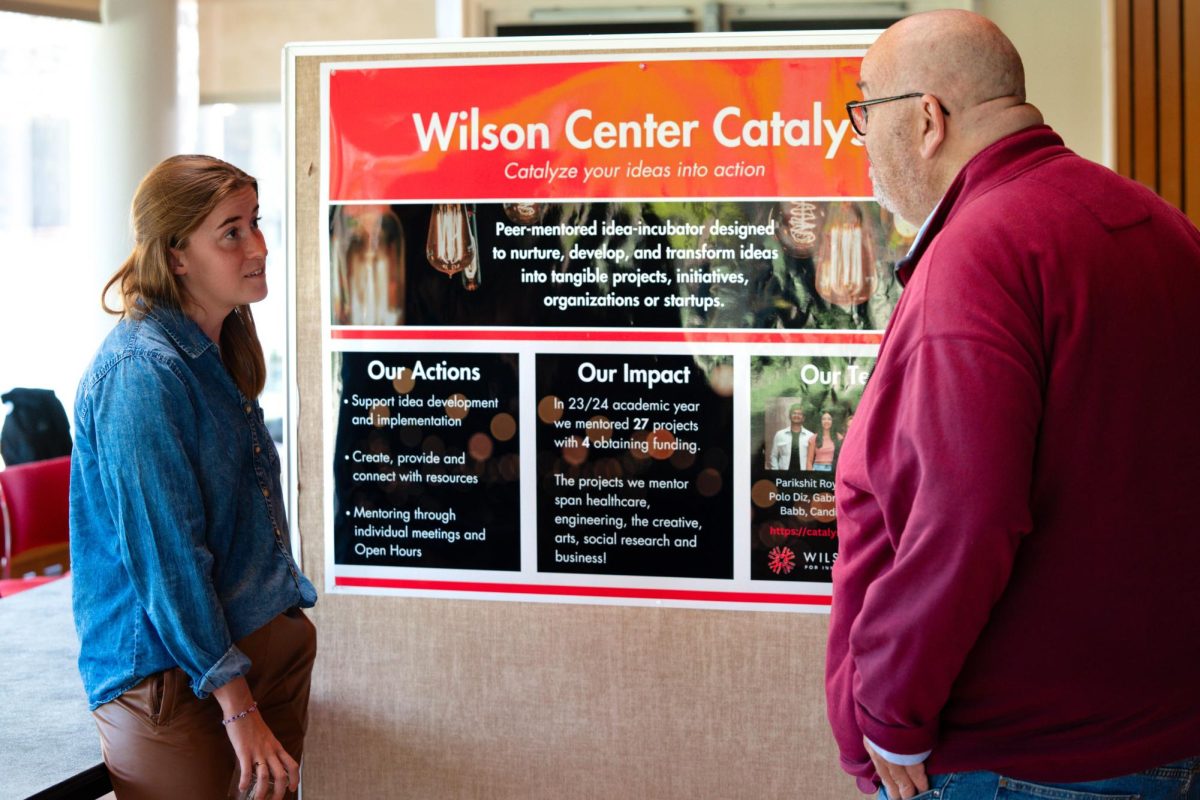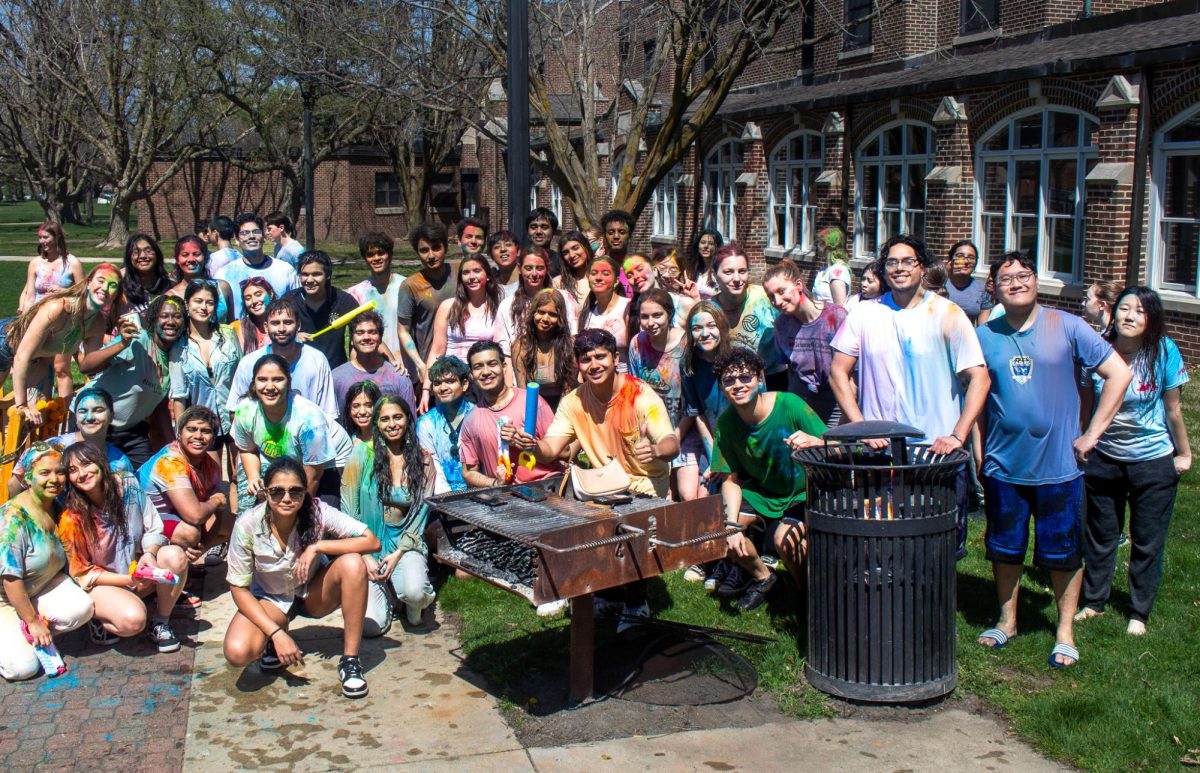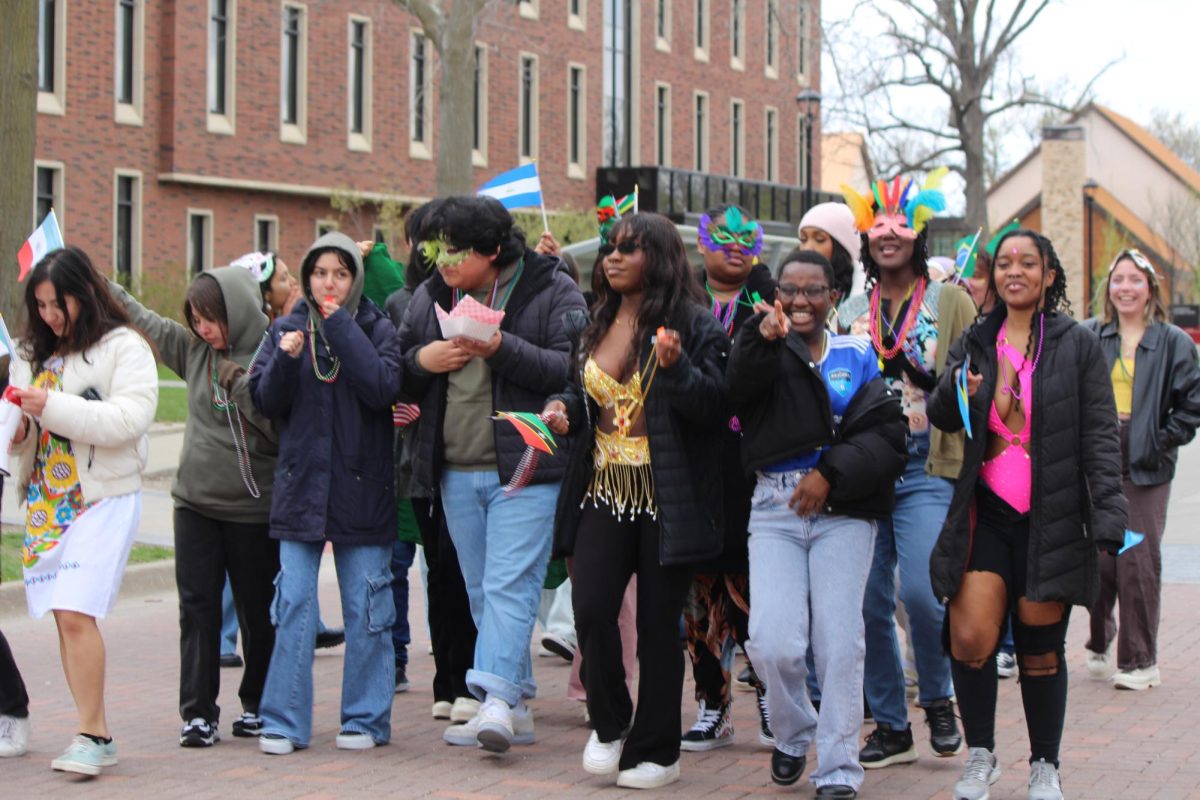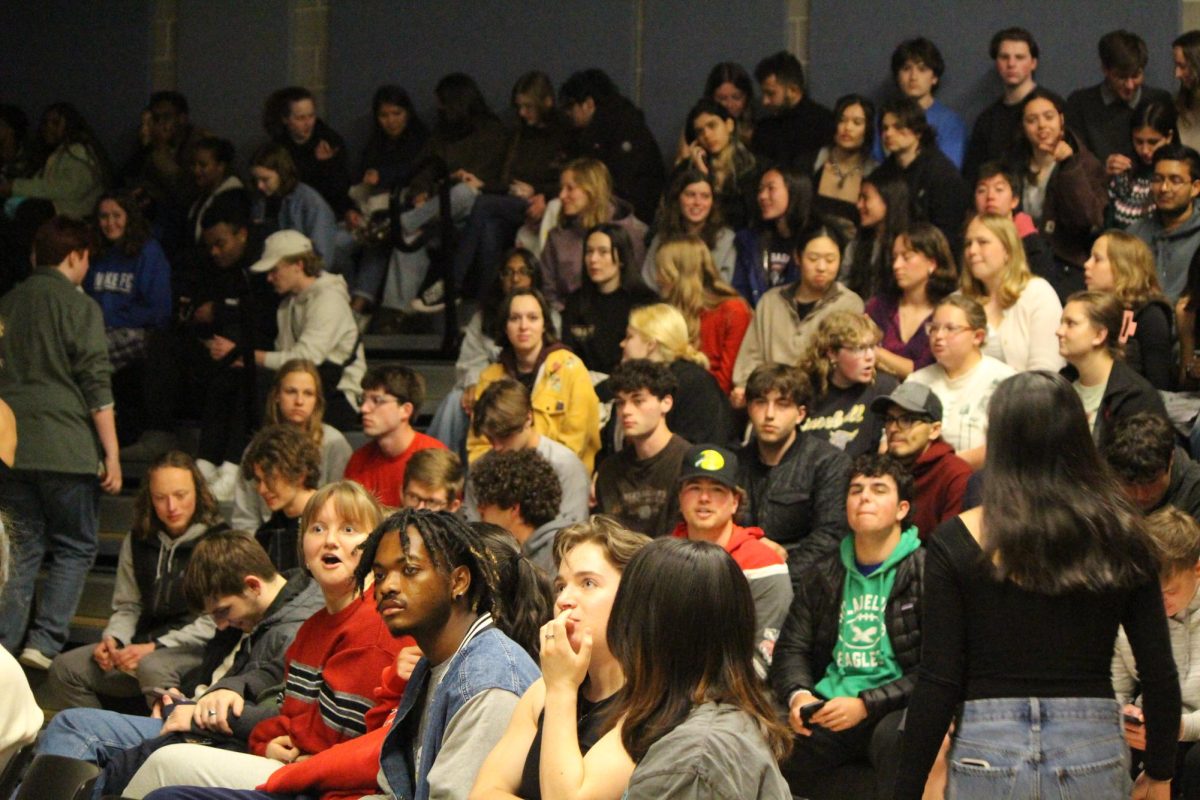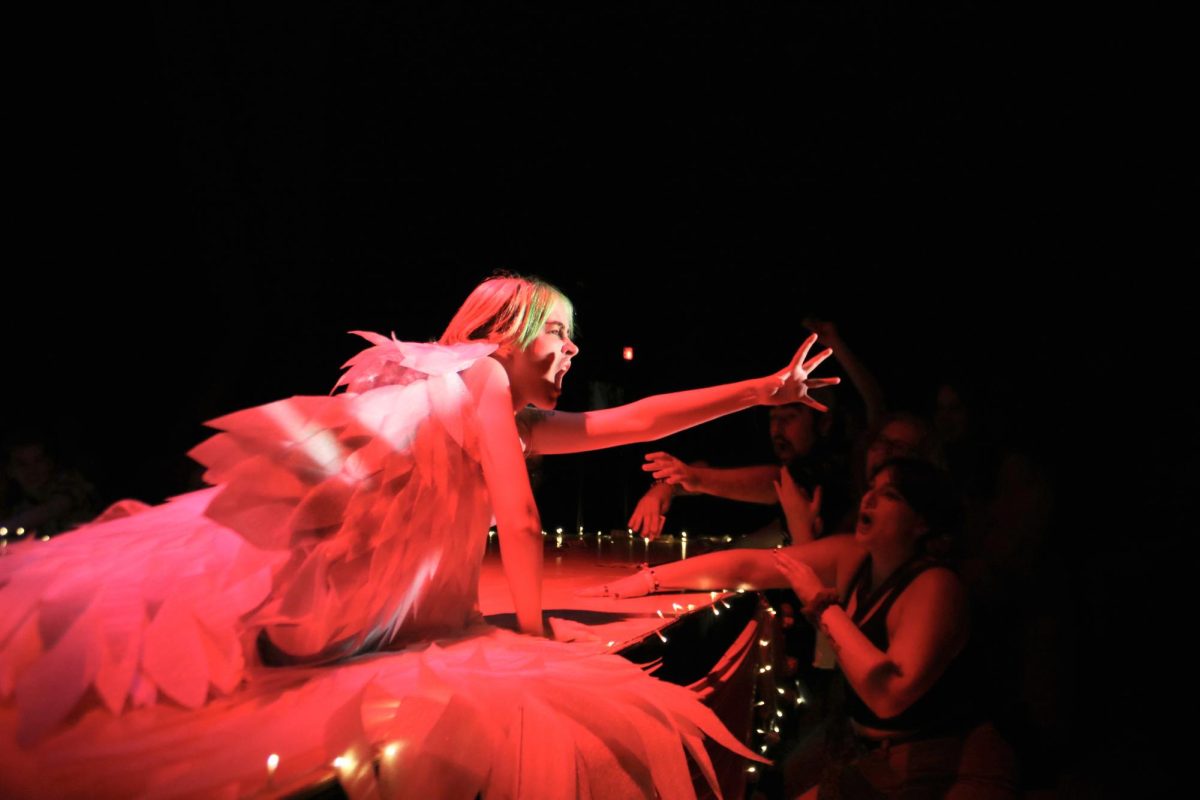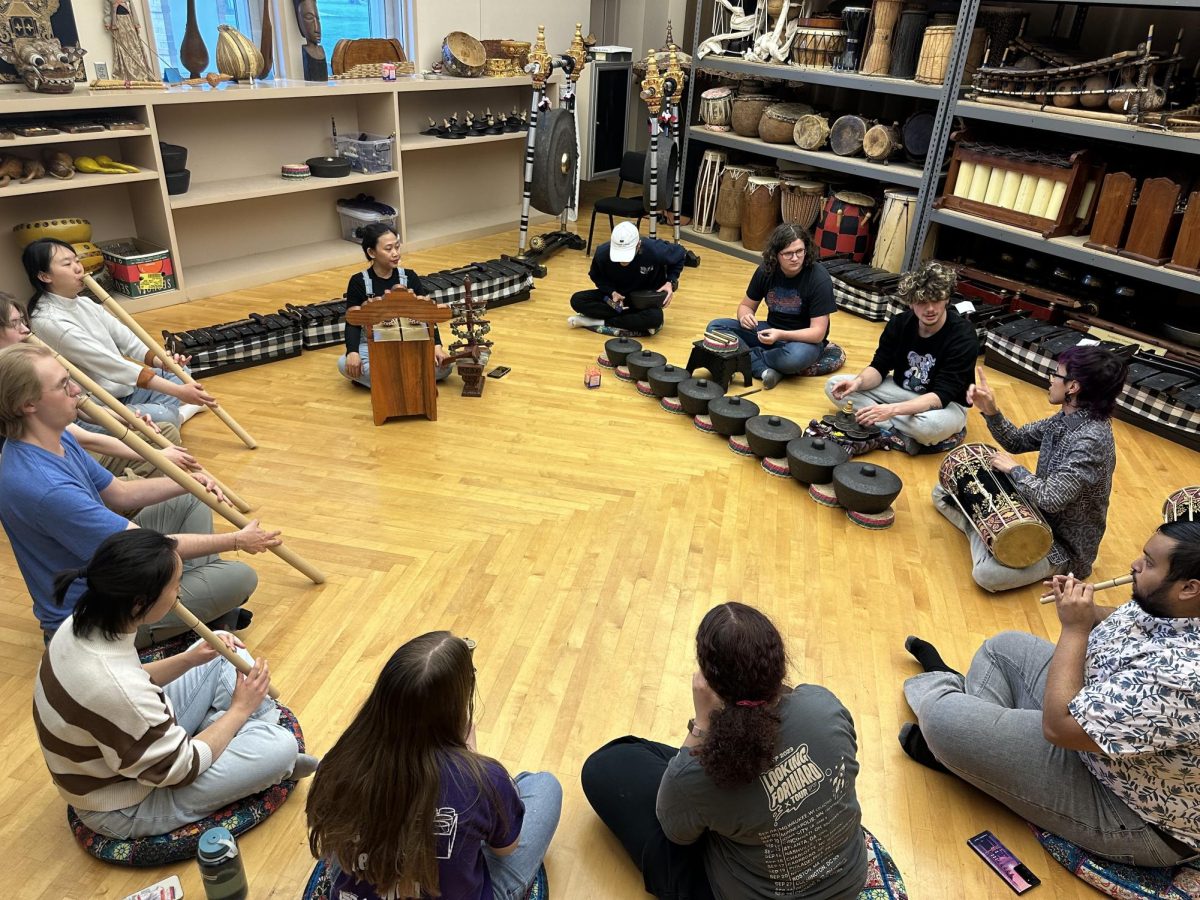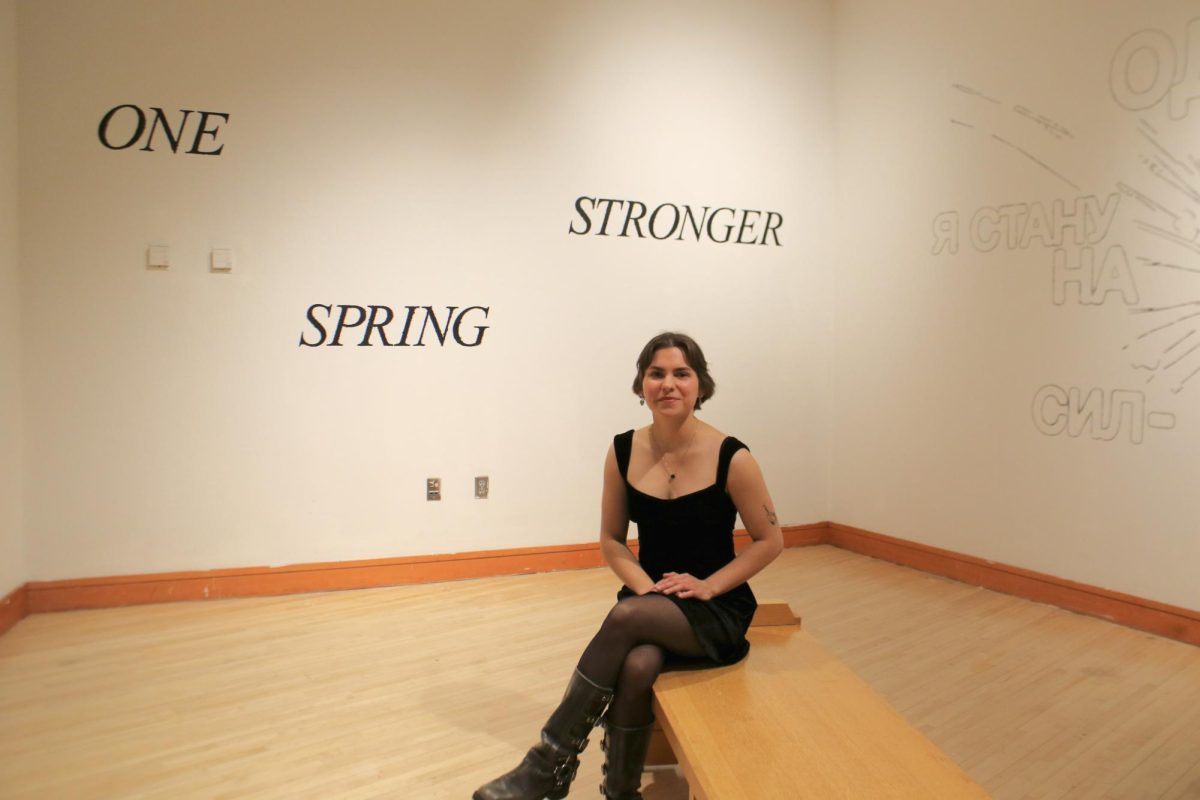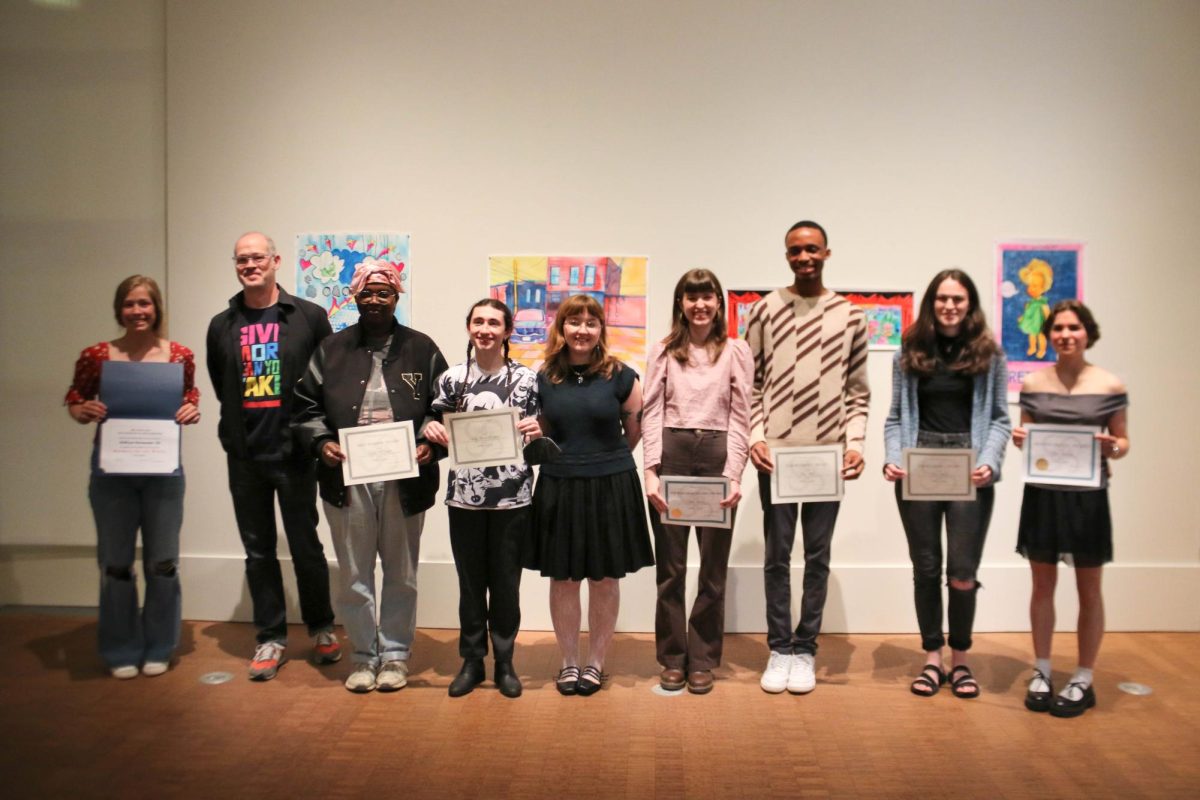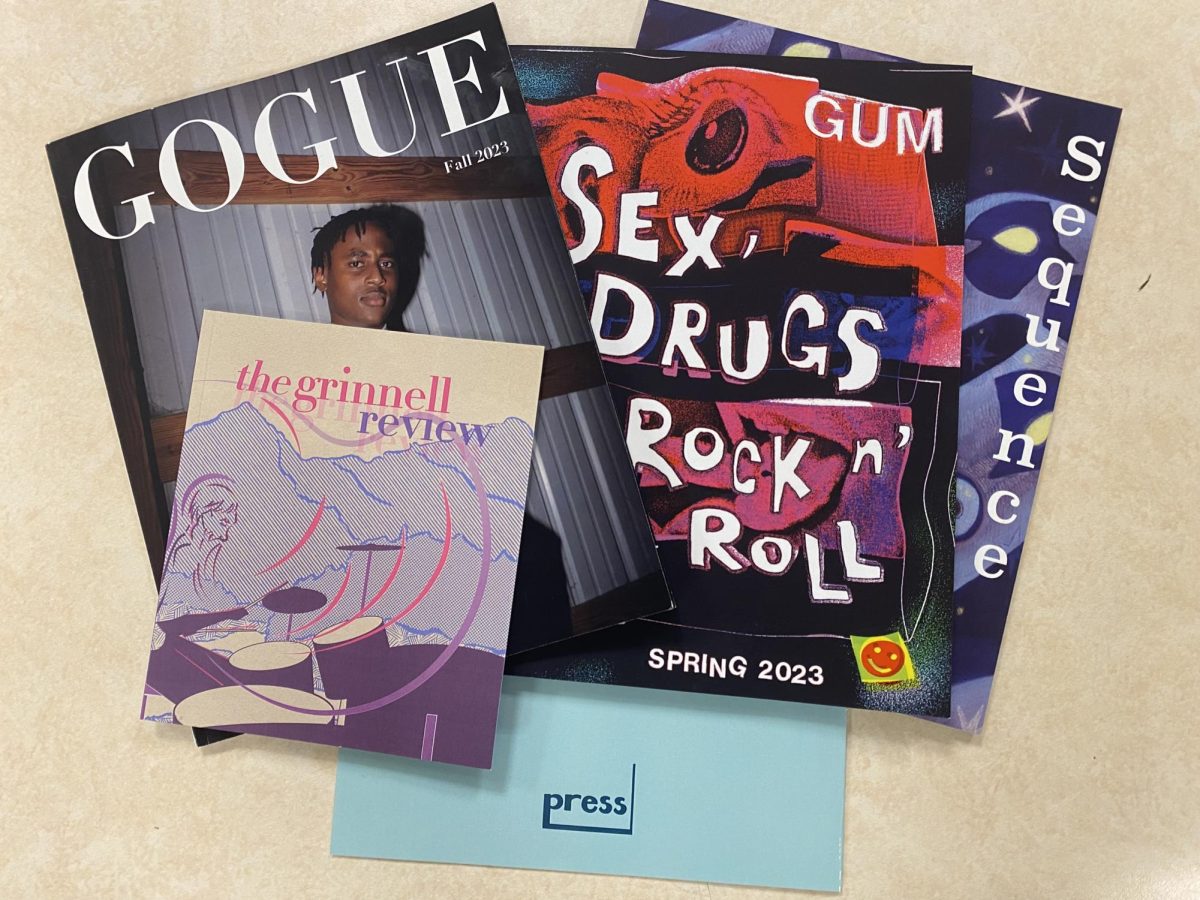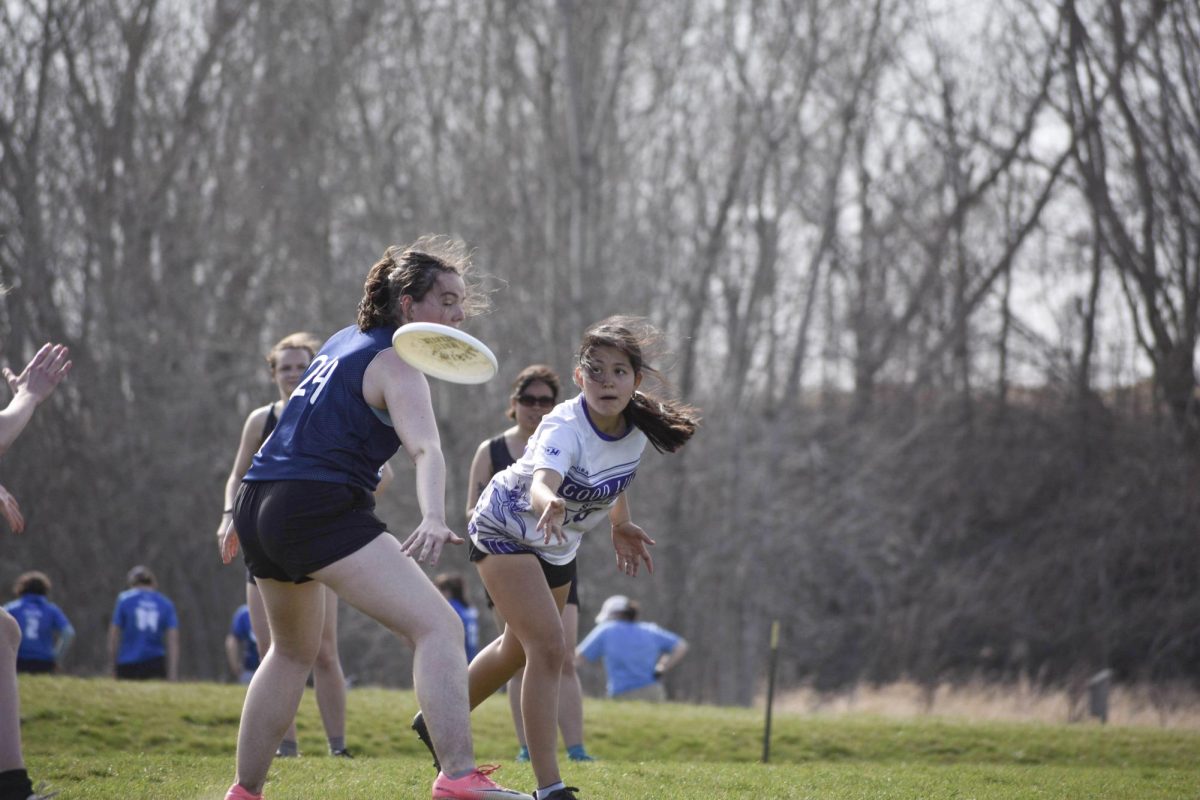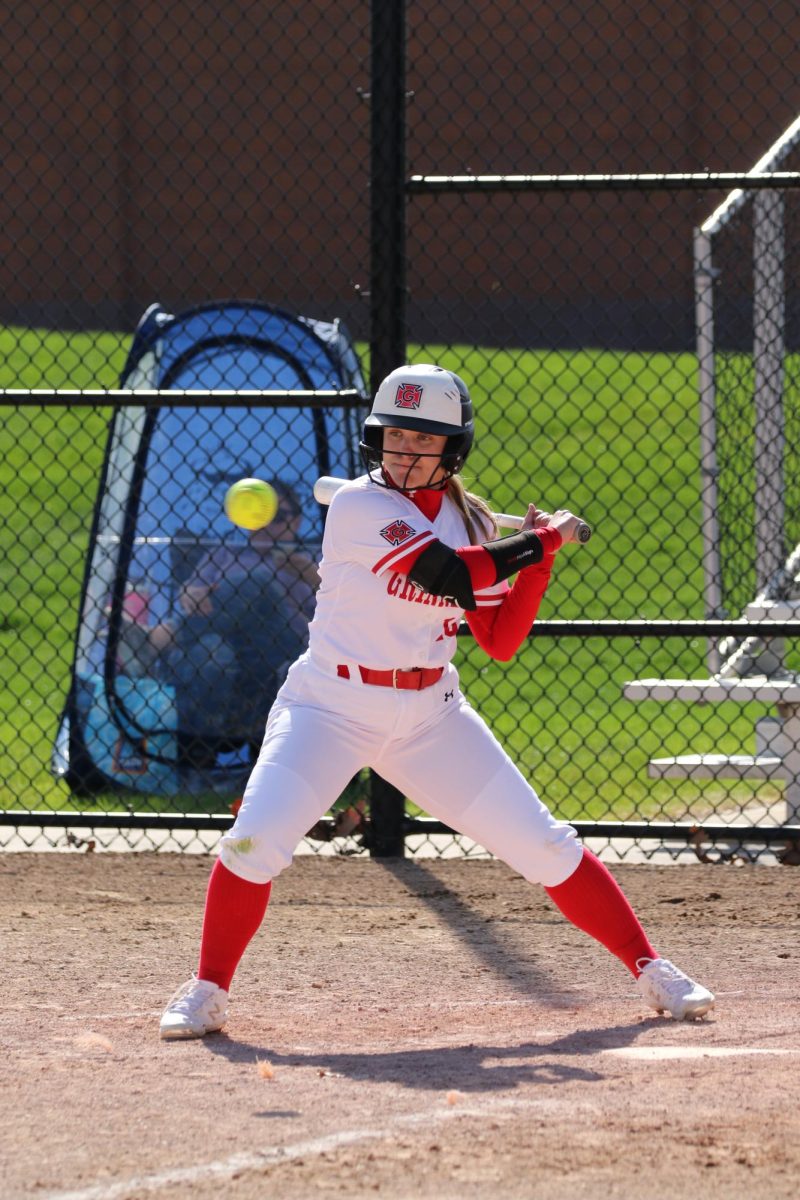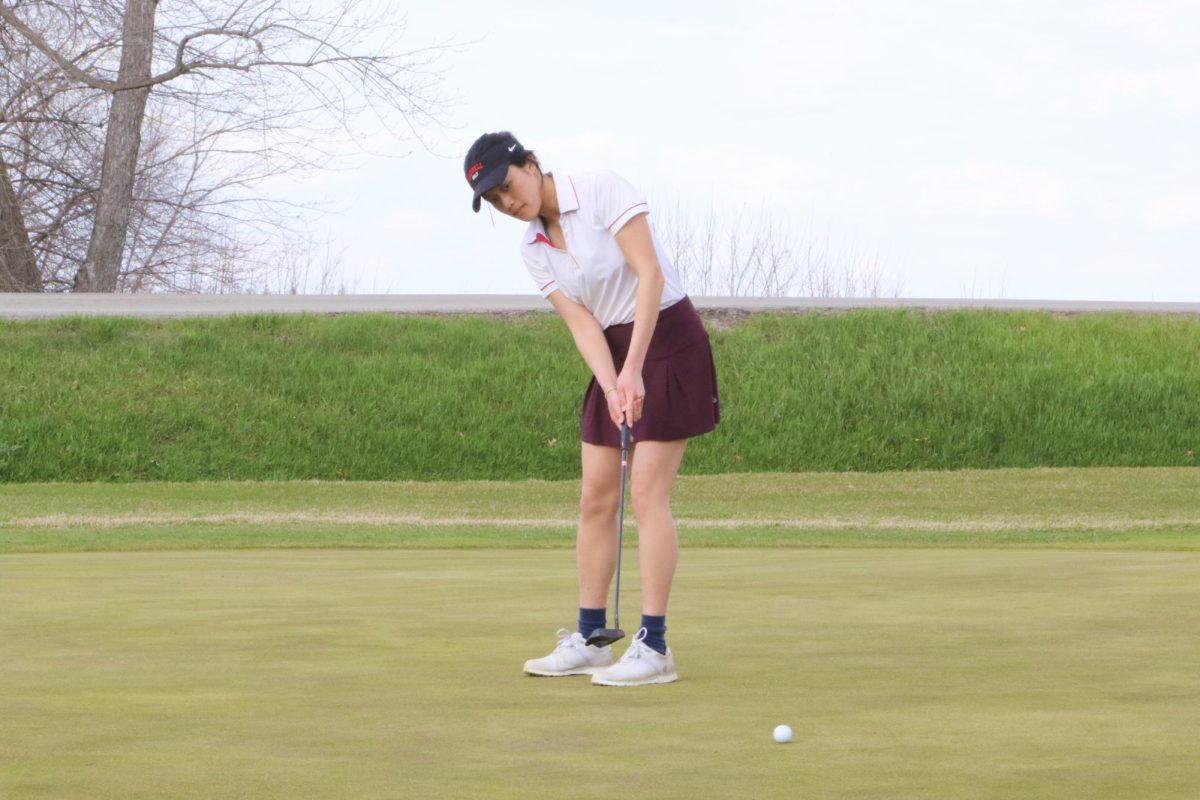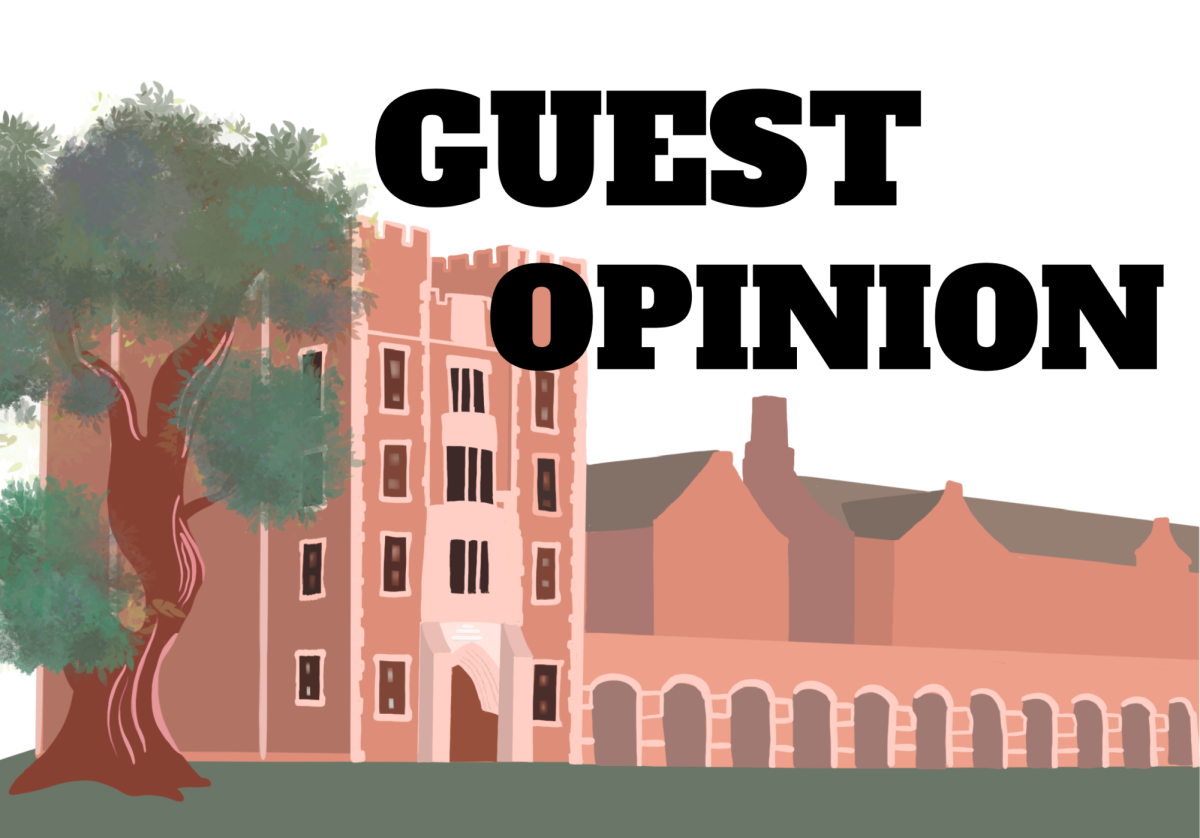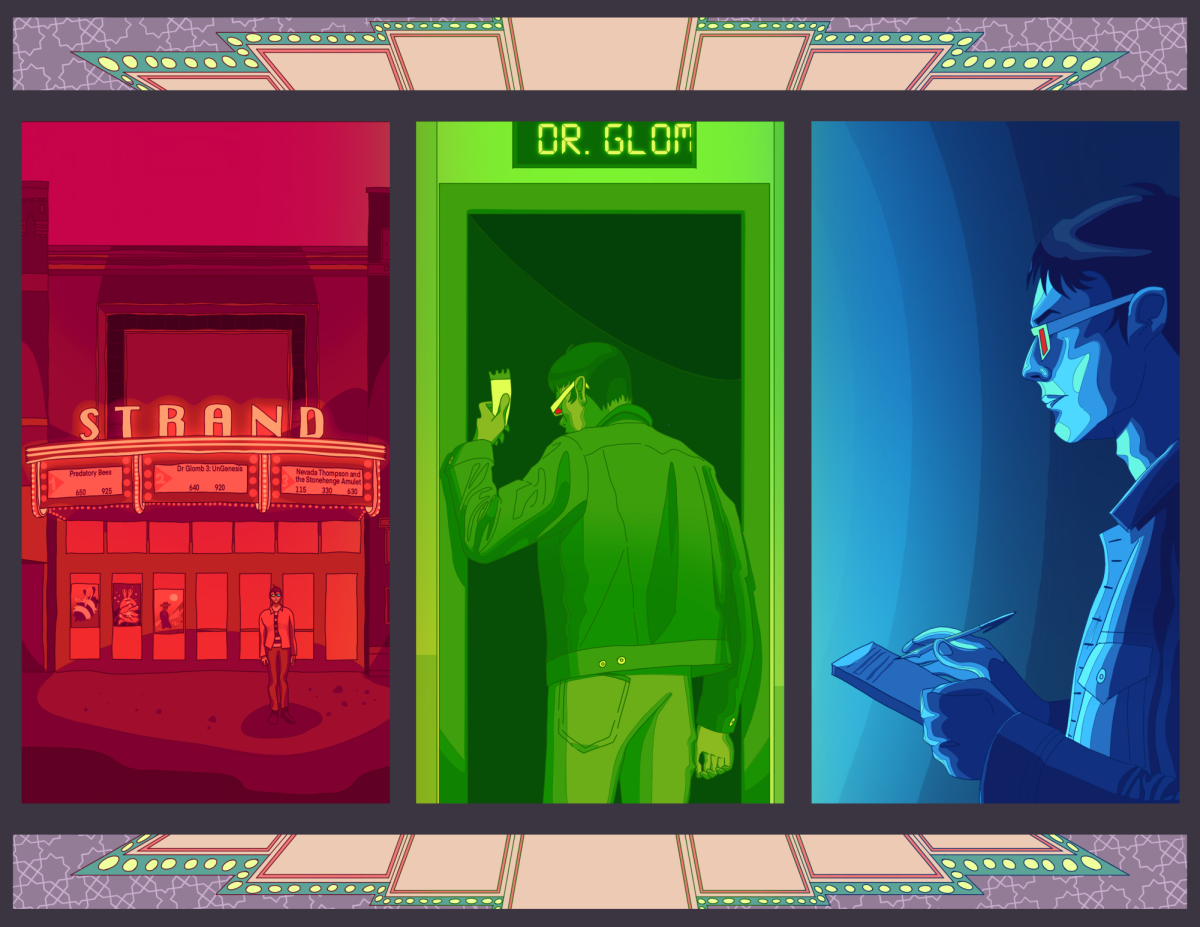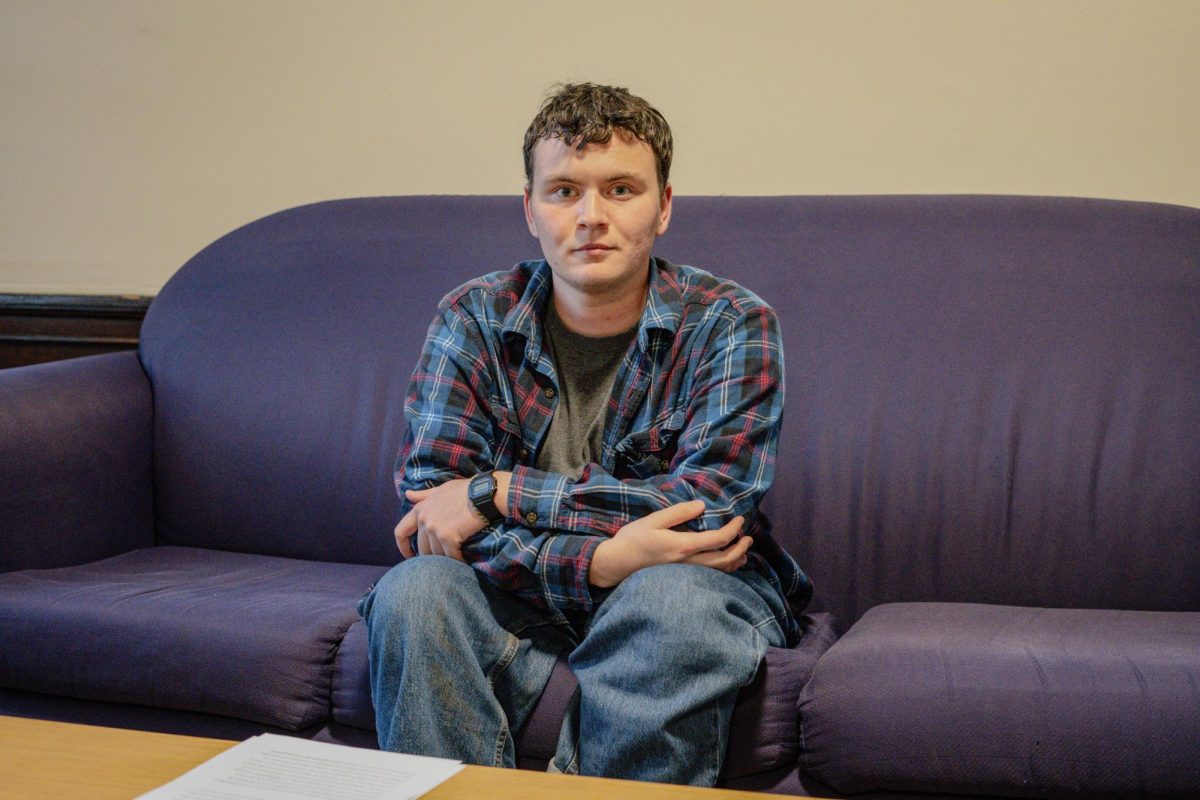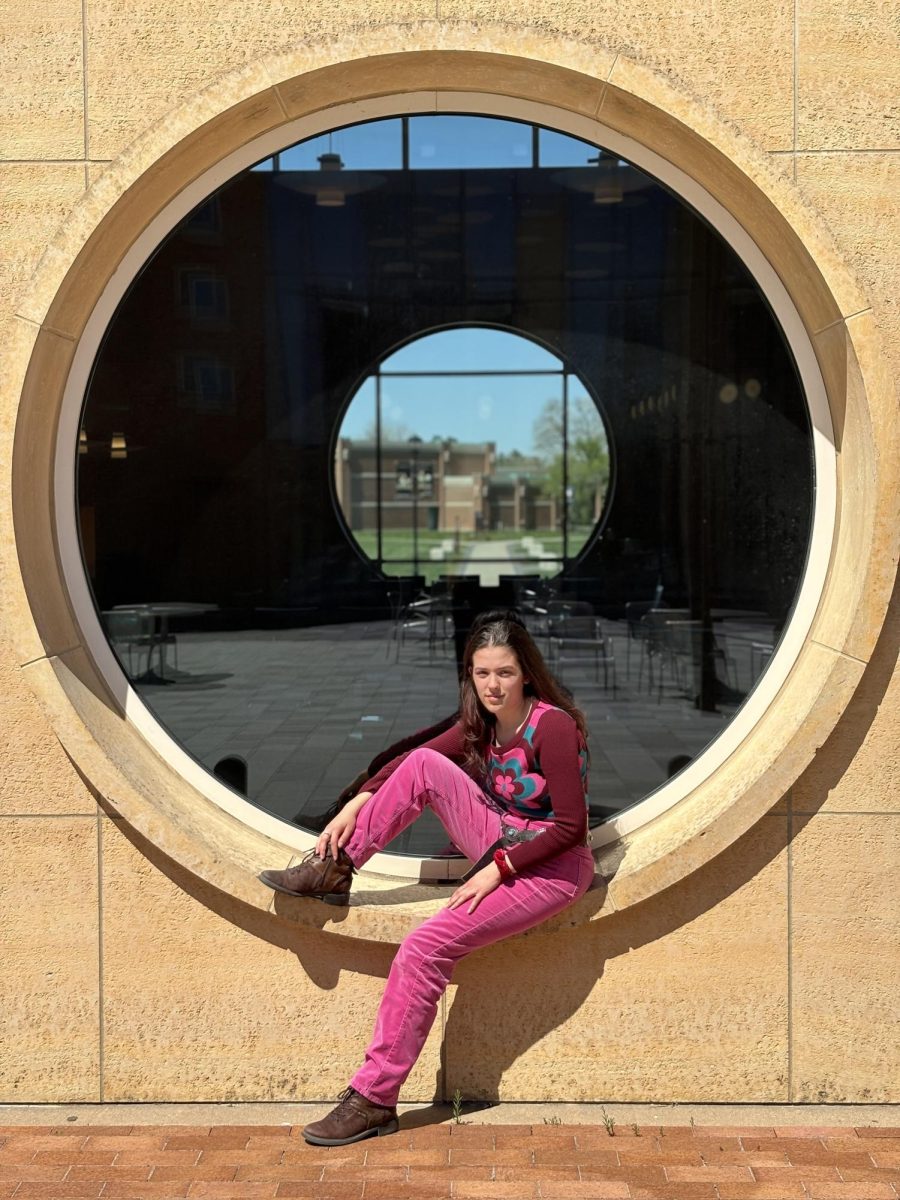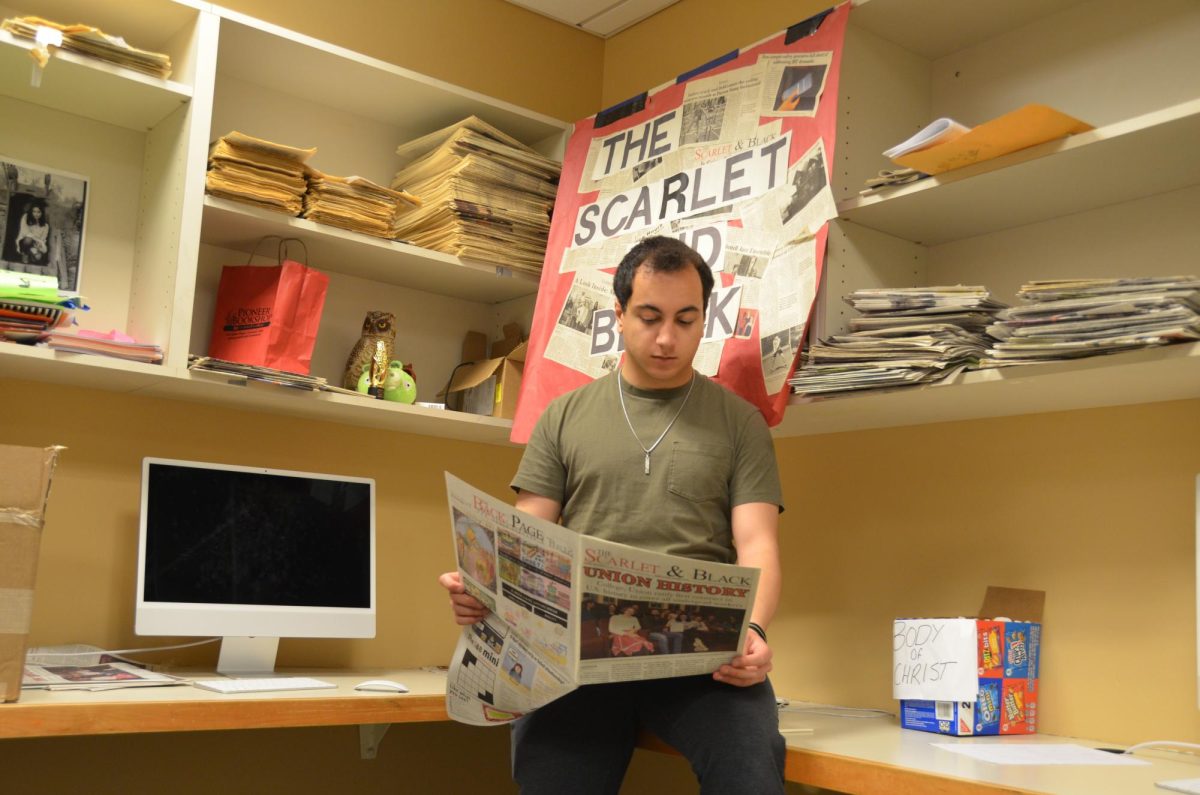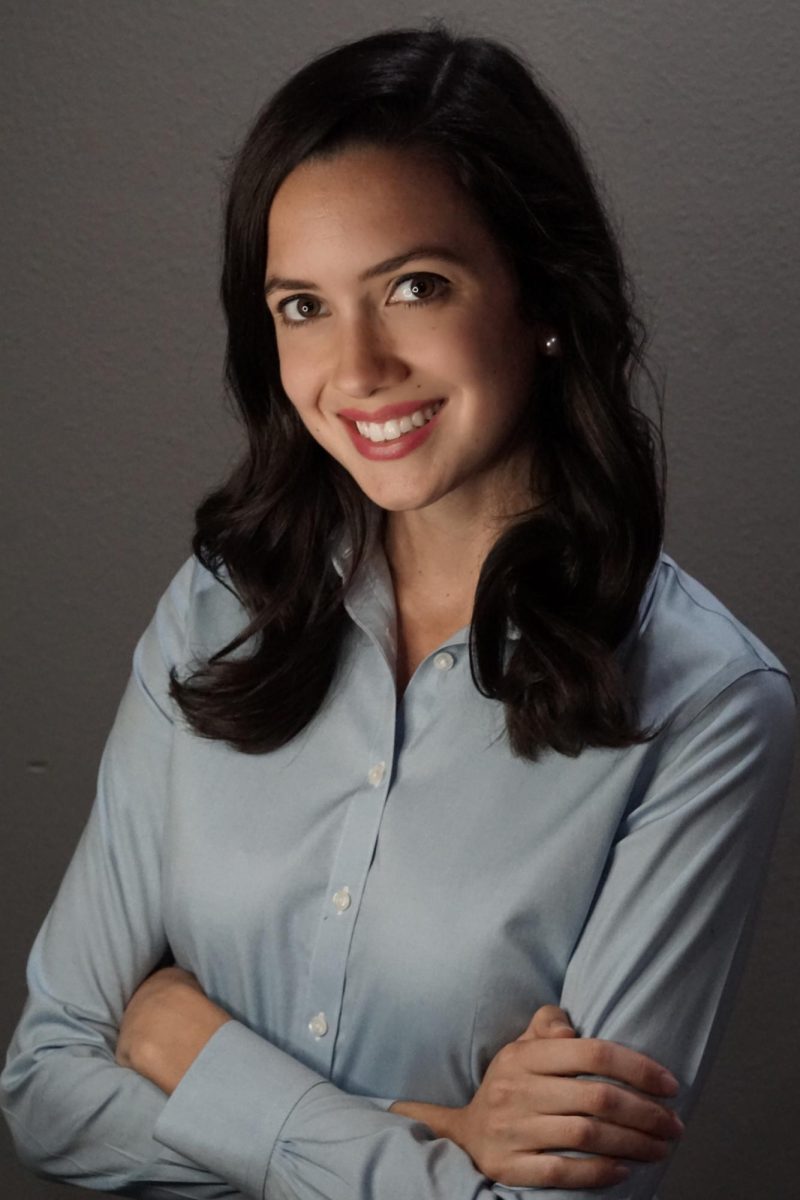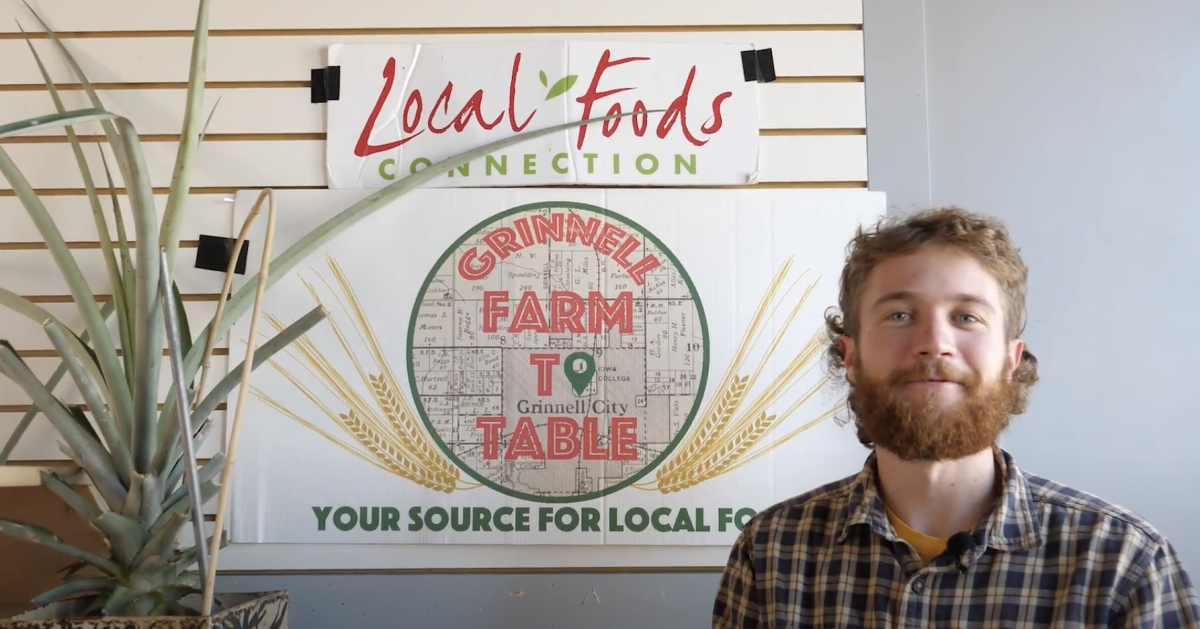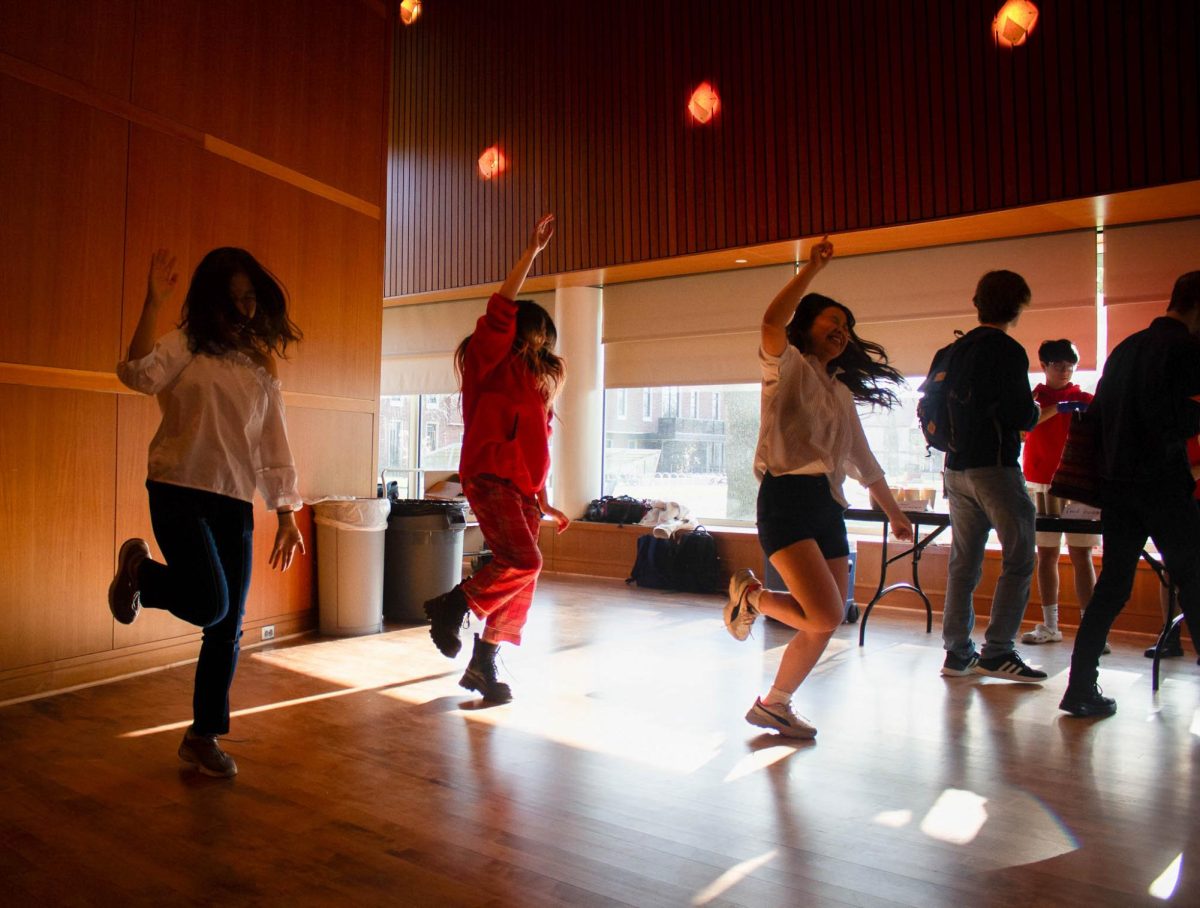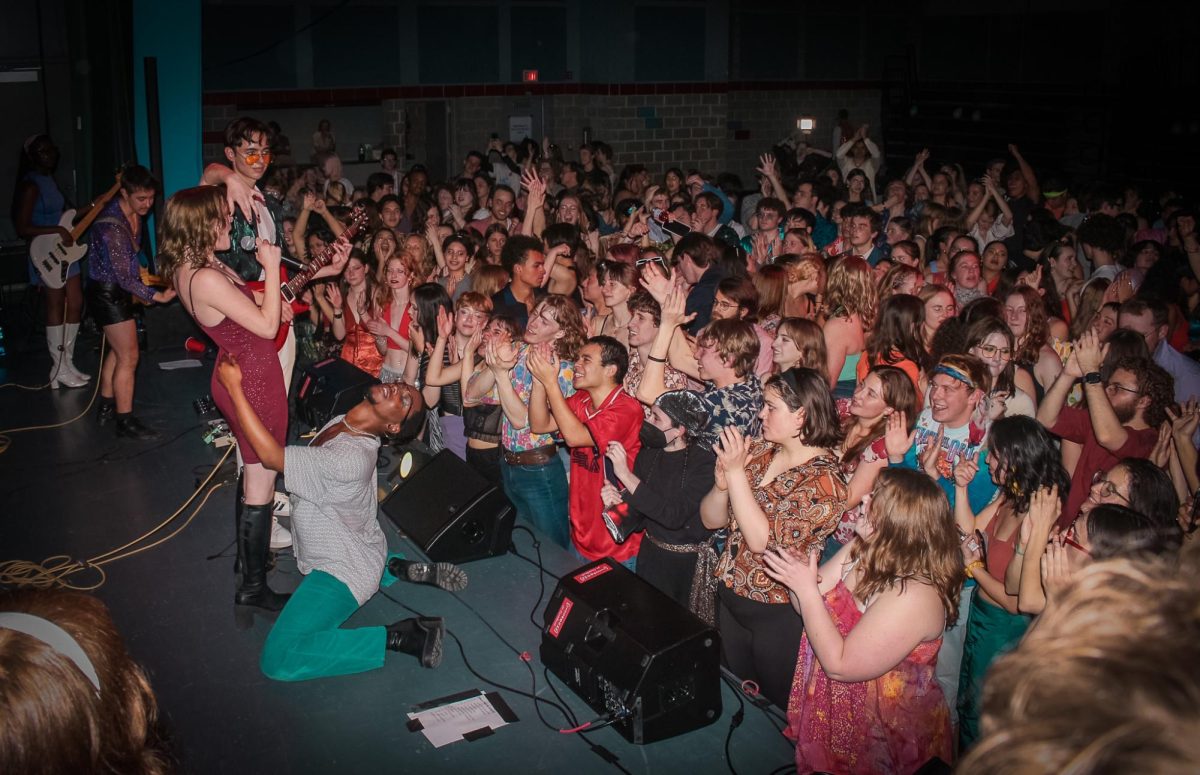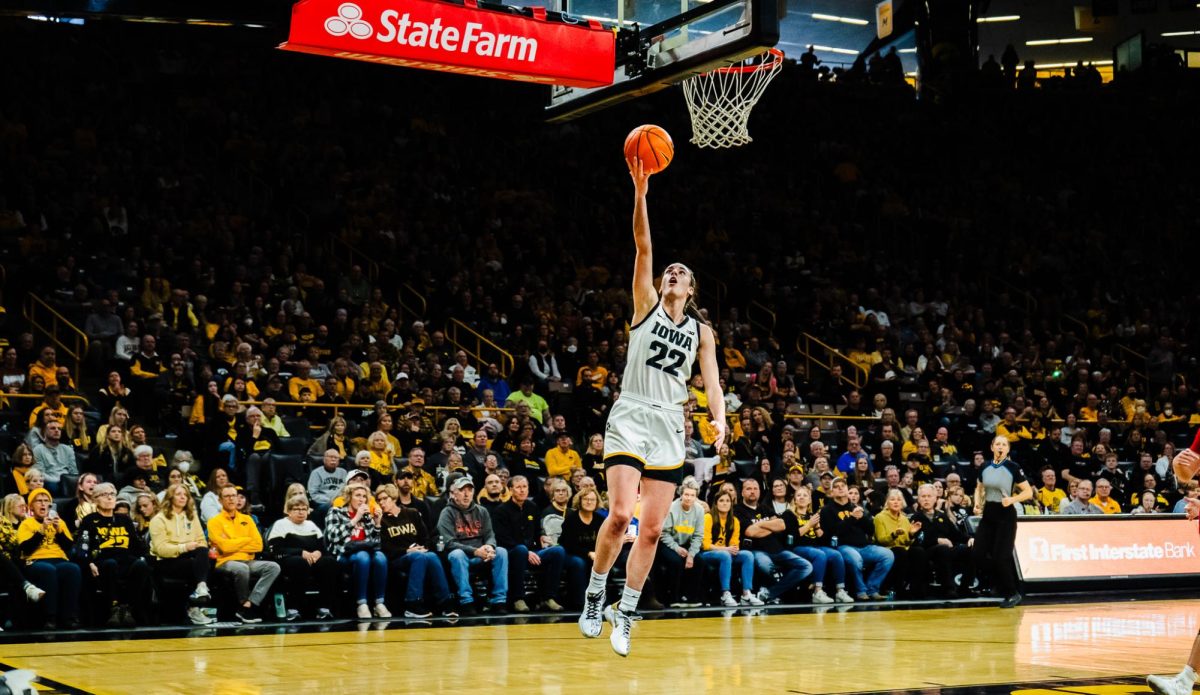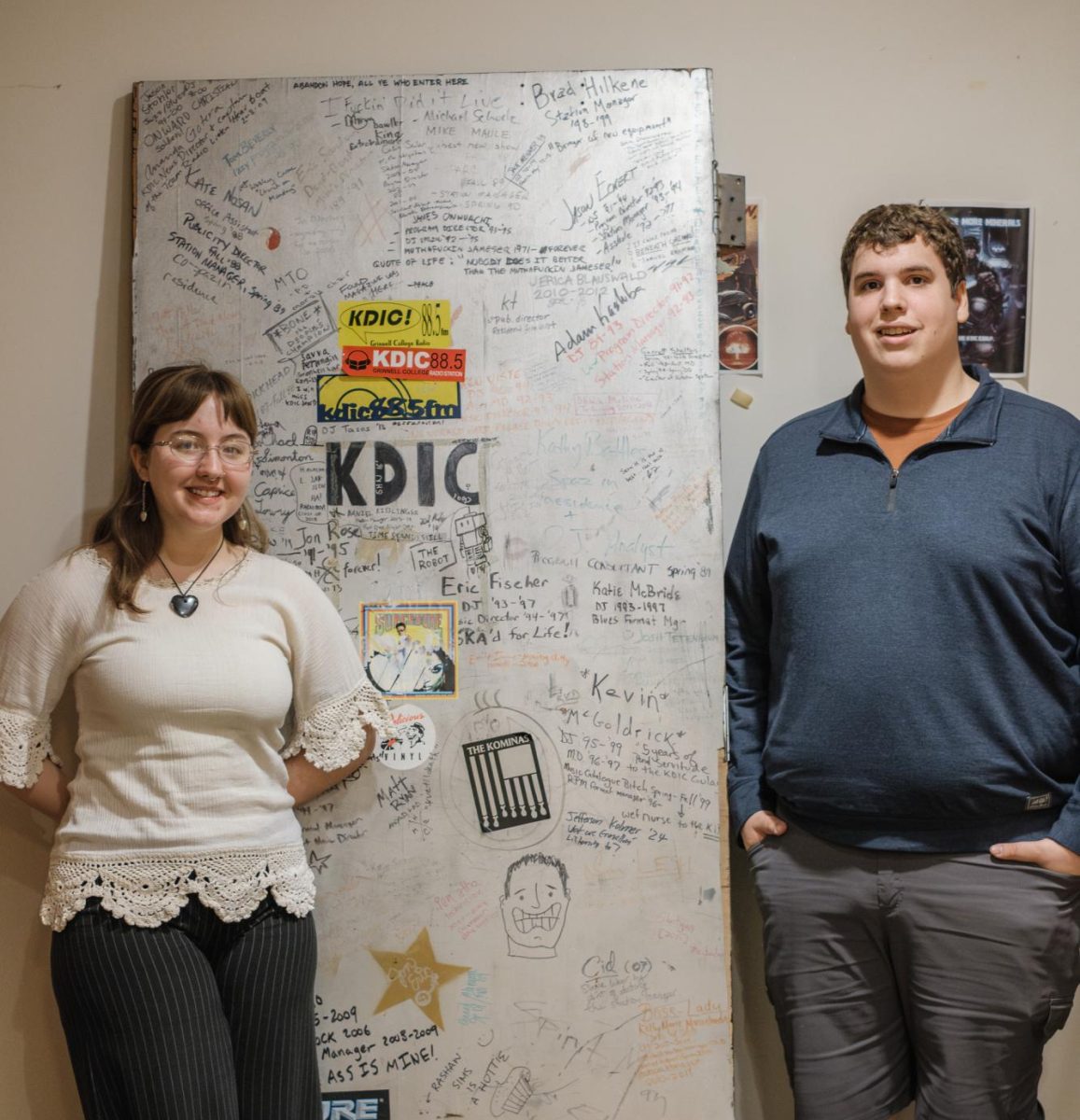Author of eleven books and professor of English at Colby College, Jennifer Finney Boylan is the author of the best-selling memoir “She’s Not There,” which narrates her experience as a transgendered American. The University of Massachusetts awarded Jennifer Finney Boylan the Stonewall Legacy Award in 2009 to honor her contributions to the LGBTQ community.

Given that you’re among America’s foremost transgendered writers and that you made the switch after you had already published, how did that affect your status as an author and the way that you wrote and were received?
It’s hard for me to separate it out because the difference between my career as a male writer and as a female writer is also the difference between my career as a young writer and as an older writer. My work is different now; in some ways it’s more serious, in some ways it has a more vulnerable, easily woundable heart at its center; but is that the difference between maleness and femaleness or the difference between the arrogance of youth and vulnerability of old age?
As a woman writer, I’m very publicly trans and I write about being trans in a way that some writers don’t. I hate being pigeonholed as a transgendered writer but on the other hand, that certainly is one of the things that I write about. Oddly writing about trans issues has enabled me to find a much wider readership than when I was writing literary fiction under a male byline. You can possibly blame Oprah Winfrey for that, but it may also be another change that happened between the change from male to female was the change between fiction and non-fiction. My most widely read work is non-fiction. I don’t think my prose itself has changed. I think I’m a comic writer whose humor hovers right between what’s comic and what’s terribly sad. If anything, the difference between my career as a male writer and as a female writer is that as a male writer I was more of an absurdist and as a female writer I’m much less interested in the distortion of the world and probably more interested in finding order—which might mean that I’m less interesting [laughs]. Most of my readers are straight people; they’re middle-aged ladies in book clubs. It’s an odd thing that I found a large mainstream audience by writing about issues that in some ways could be considered radical.
What was the experience of making the artistic switch between fiction and non-fiction like?
I found that the differences between male and female have ended up in some ways to be less profound than I thought. The line between male and female turns out to be so permeable. In the same way, the lines between fiction and non-fiction to me are permeable and interesting. I started writing about my transition when I was in the heart of it. I gave a surprisingly little amount of thought to what the consequences of telling the story would be. I’m a storyteller so I tend to tell stories and as it turns out I think the process you use to write non-fiction is very similar to the process you use to write fiction. The material is narrower but you still have to craft a story. You have to figure out what story to tell how to tell it and in what order to tell it. If you don’t remember something, you have to invent things. That raises the question of what’s fair to invent in non-fiction; that’s a whole new discussion but the strategy between writing fiction and non-fiction to me is largely identical. It’s driven by scene character and dialogue. If you’re writing fiction it’s so often based on something you know, if you’re writing non-fiction you’re still inventing things unless you’re John Krakauer and you just happen to be lucky enough to be on Everest when ten people die and you go home and write about. Lucky him, right? Like I said though, the genres are as permeable as male and female or any other binary you want to make up.
When you write fiction for young adults, do you bring up issues of identity?
I think the question of identity and authenticity is at the heart of everything I write. I think it has to be. I go there without even thinking about it..
You earlier said that it bothered you to be pigeonholed as a transgendered author; I guess I’m wondering how constantly writing about identity issues works…
When I wrote ‘She’s Not There’ I thought, ‘okay I’ll write this one memoir about trans issues and then I’ll go back to writing fiction.’ Once I crossed over into non-fiction it was hard to go back. I keep saying I’m going to go back. The thing is, there are times when I wish that this wasn’t my area of focus and I have written things that aren’t about identity and trans stuff but it’s a pretty powerful magnetic force in my artistic life. I can struggle about it and think ‘Gee, I’d rather write about something else,’ but when I was a sophomore in Wesleyan I remember going to the library trying to find a book that would tell me about what was going on with me and there was almost nothing and what there was in the library was of almost no use to me. The psychological texts were completely wrong, the memoirs seemed to me biographies of crazy people. None of them were living the lives that I was living or wanted to live. I wrote ‘She’s Not There’ and other stuff, and now for a Grinnell student wanting to know who am I, what am I, there are hundreds of books for them to read by a variety of authors. Maybe this sounds very full of myself, but because of the work that I’m doing, there are people who don’t feel as alone as I felt when I was younger. People now have community and allies and I think that change in culture comes at least in part because of people living their lives openly and creating their art openly. How could I regret doing that? It’s good work. This sounds pompous, but I think my work saves lives. No, I know that its saves people’s lives because they write me.
Considering that you were already somewhat in the public sphere when you made the switch, was it harder or easier to know that there were people who knew you and knew about you?
I remember the first time that I wrote out a title page, and then I wrote ‘By’ and my name: Jennifer Finney Boylan—I felt so real. For some trans women the thing that makes them feel female is the first time they wear a dress or heels. For me, it was the first time that I saw my byline. In many ways, I have figured out what it means to be female is by writing about it.
